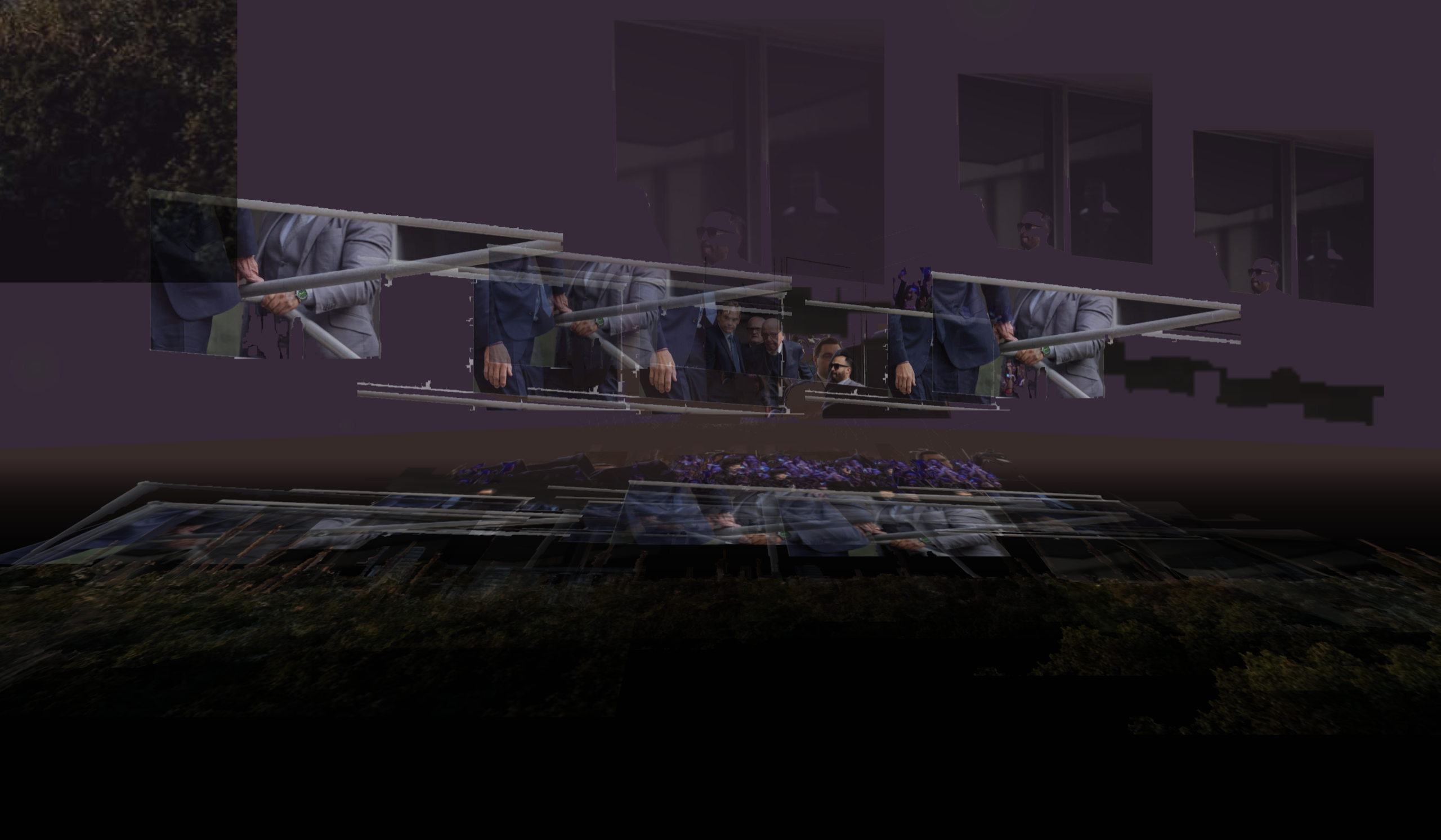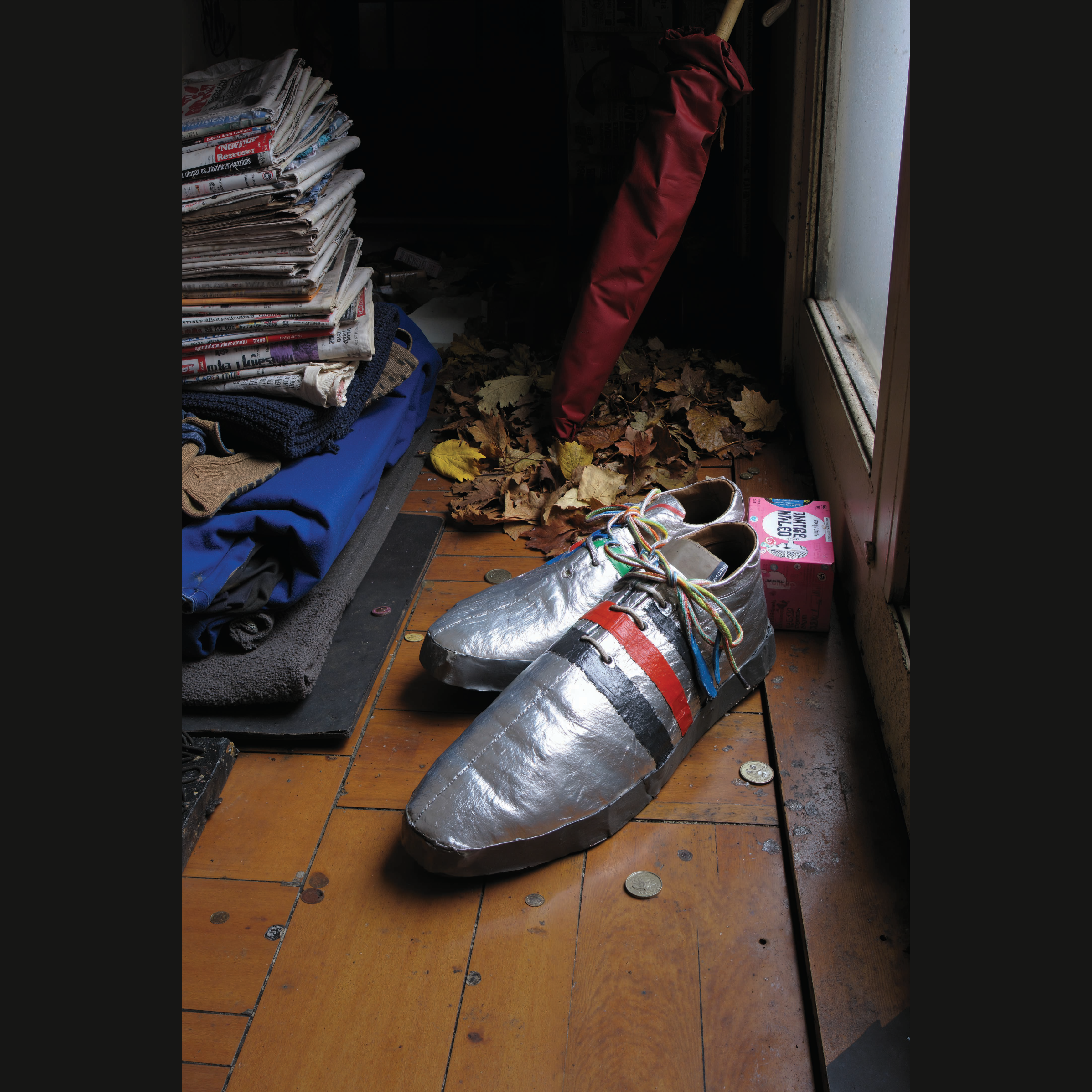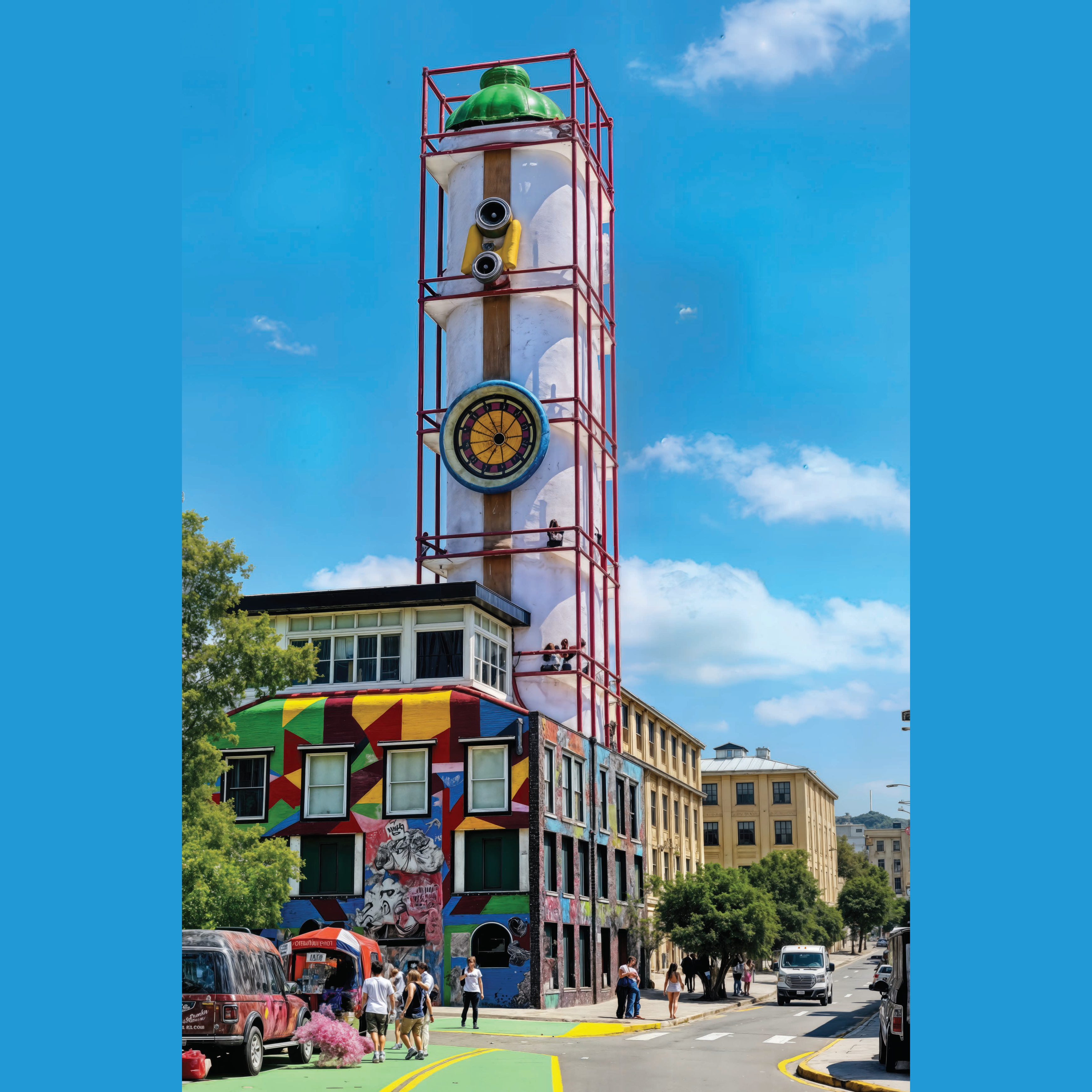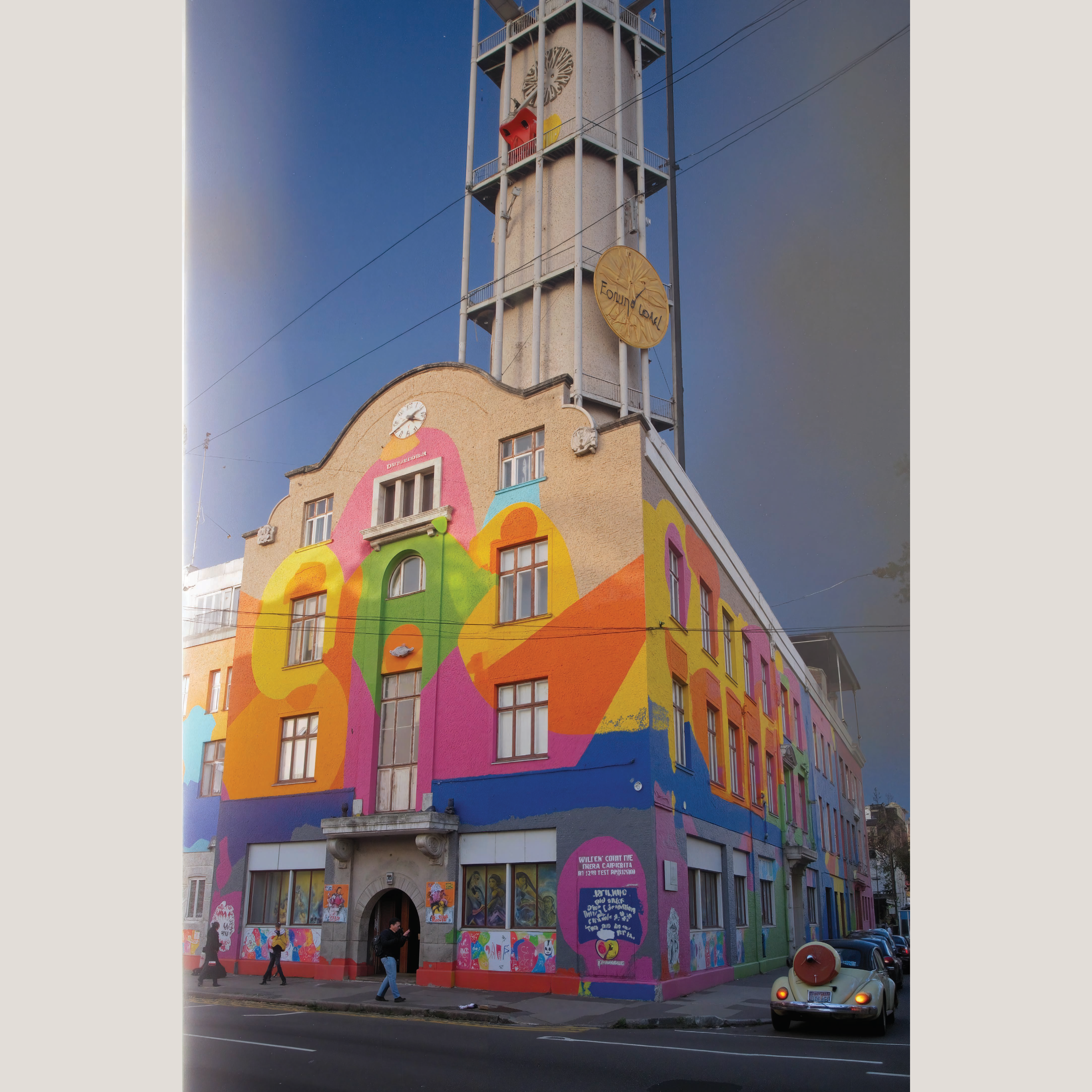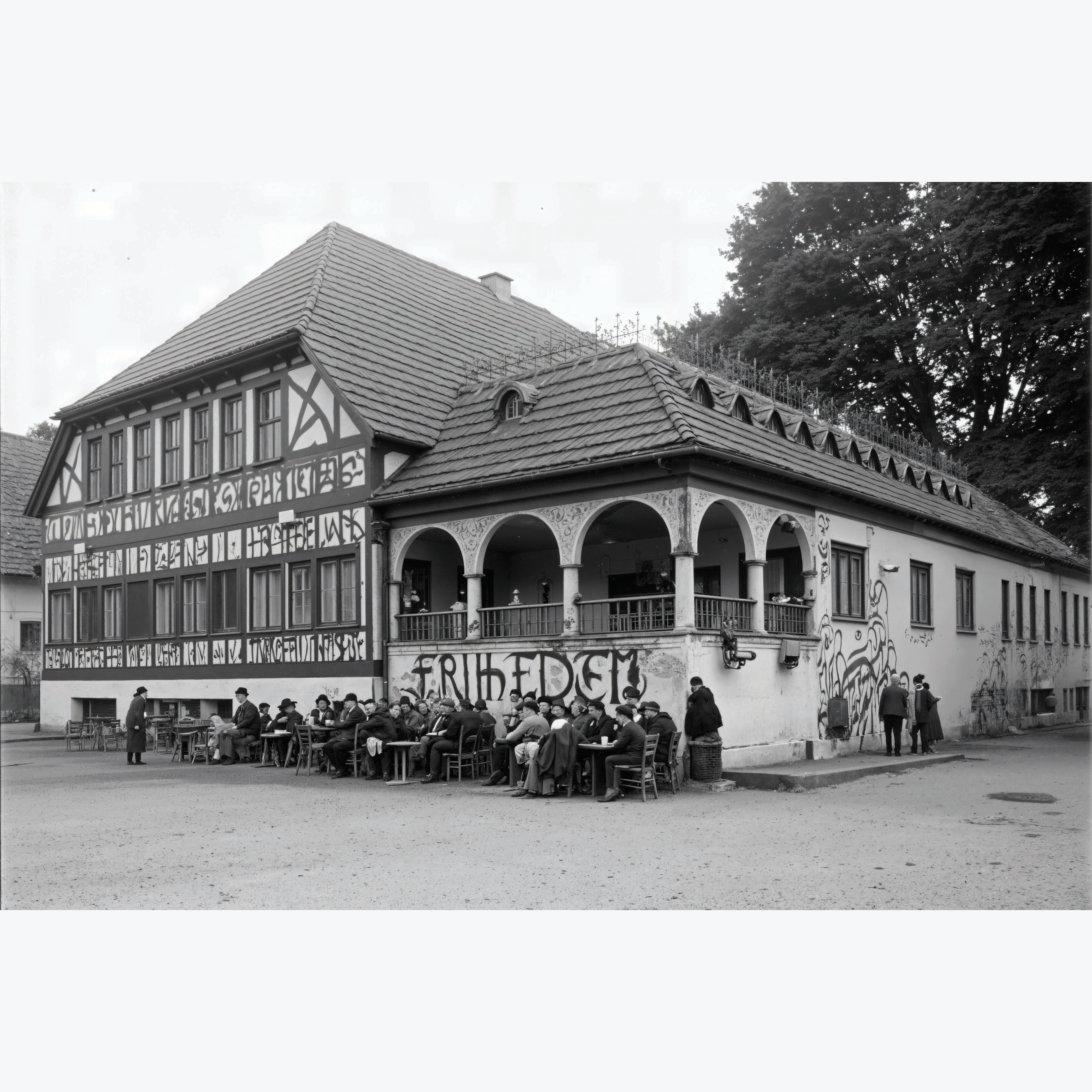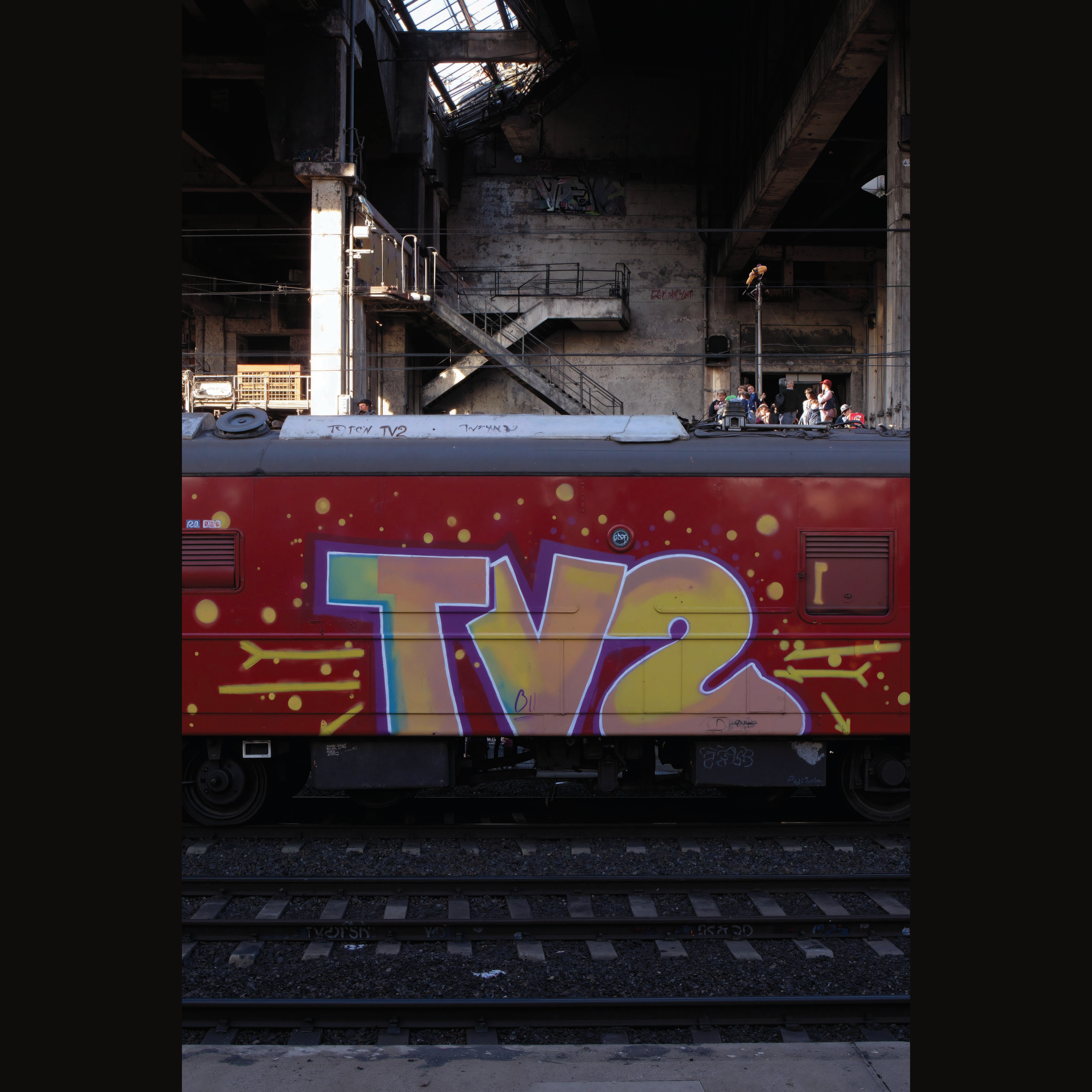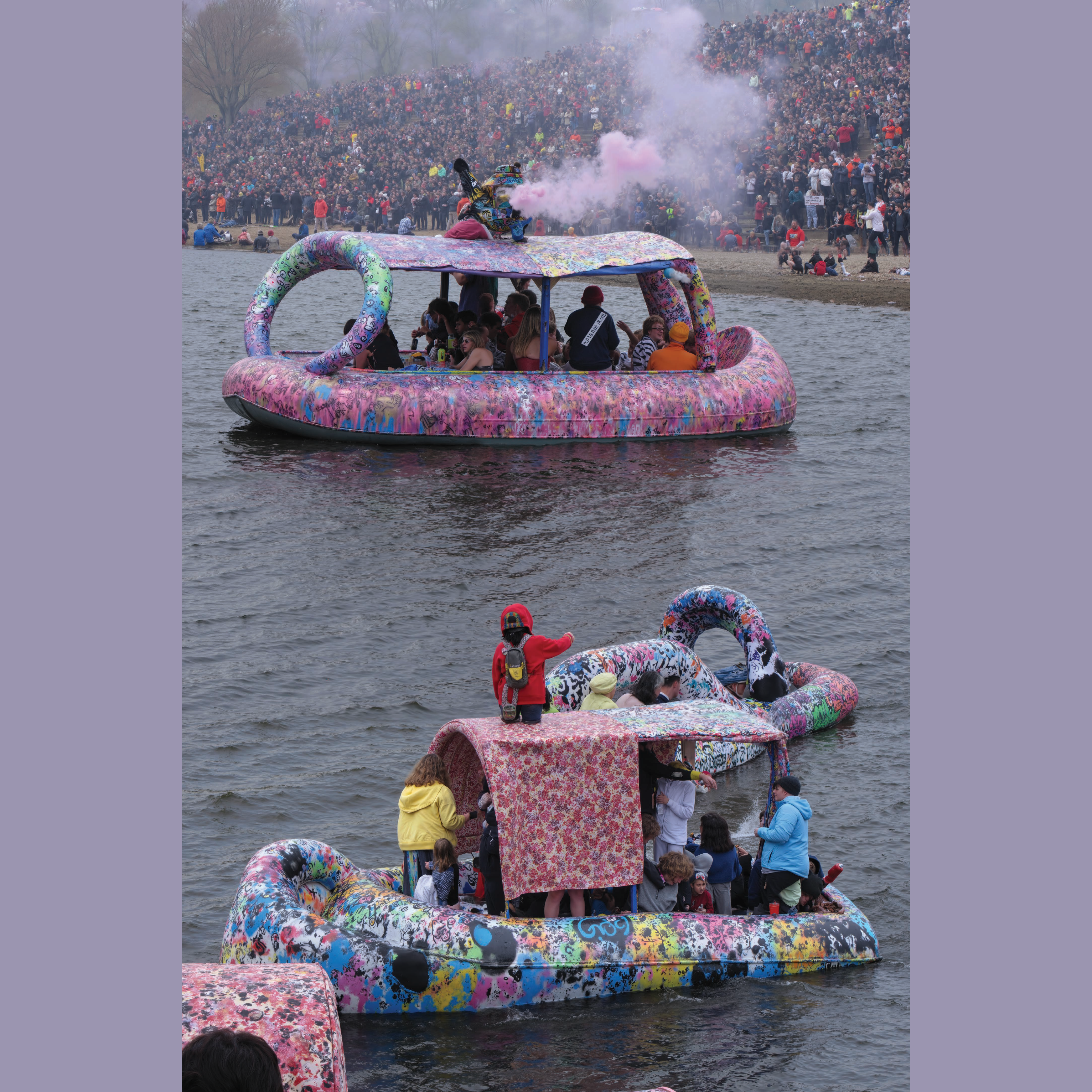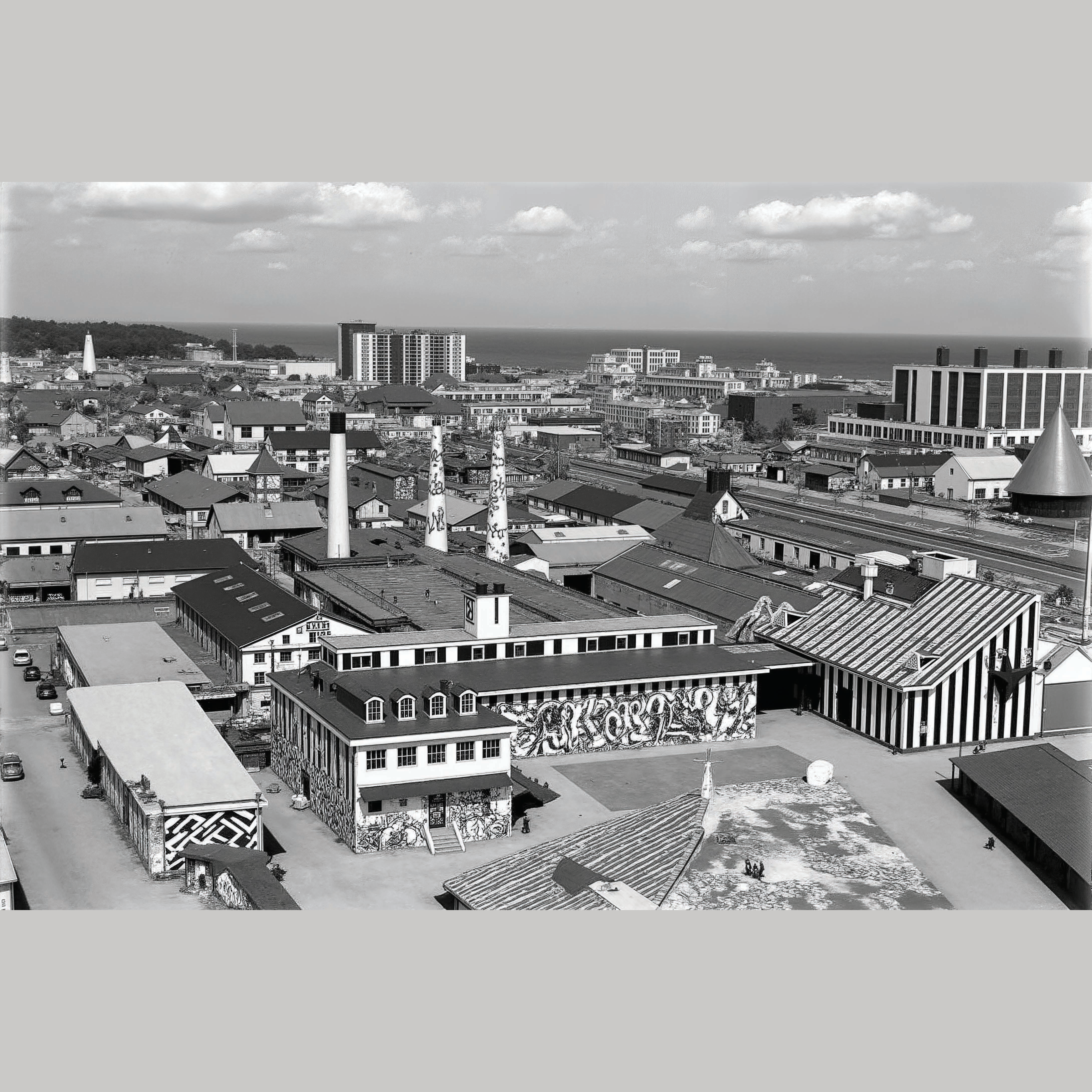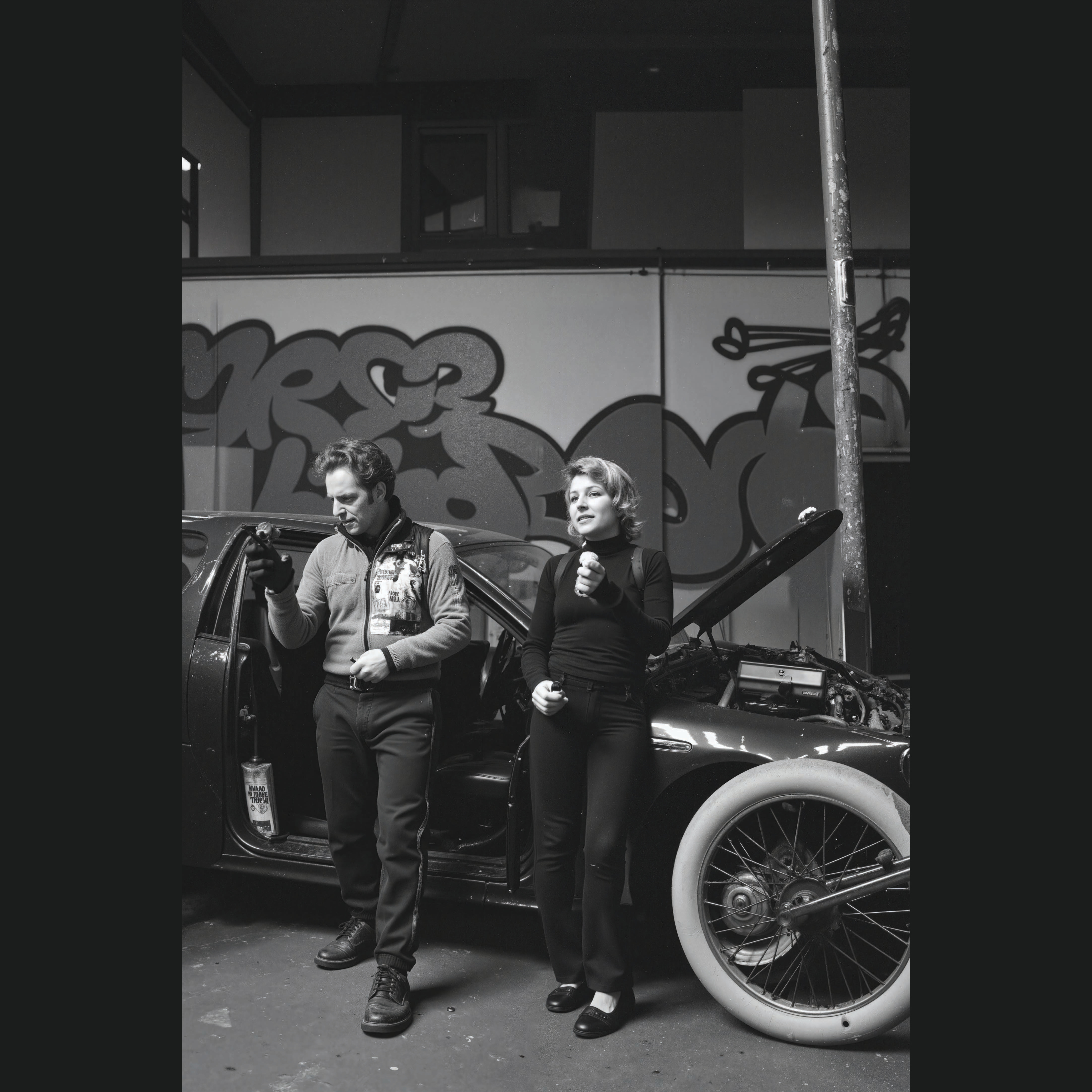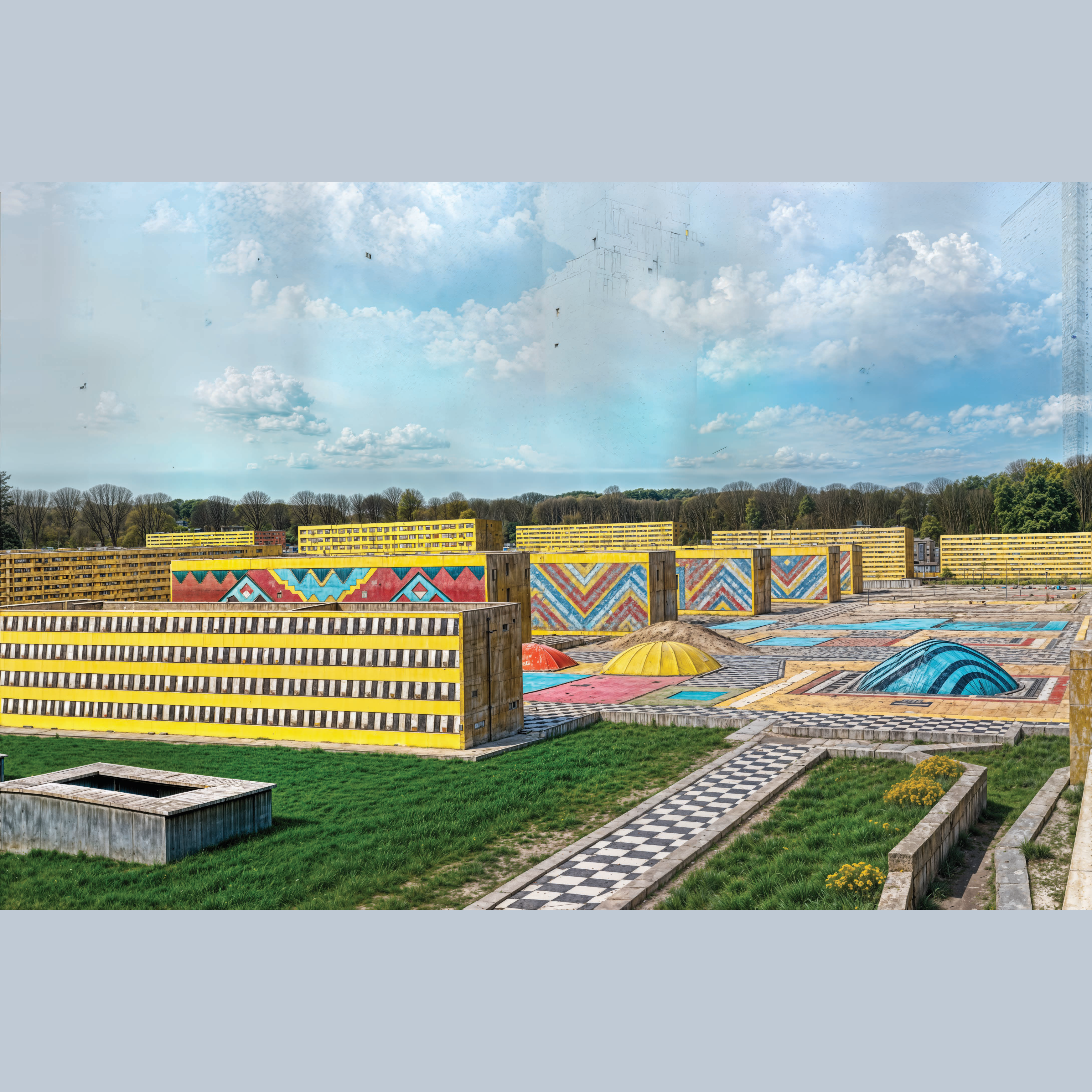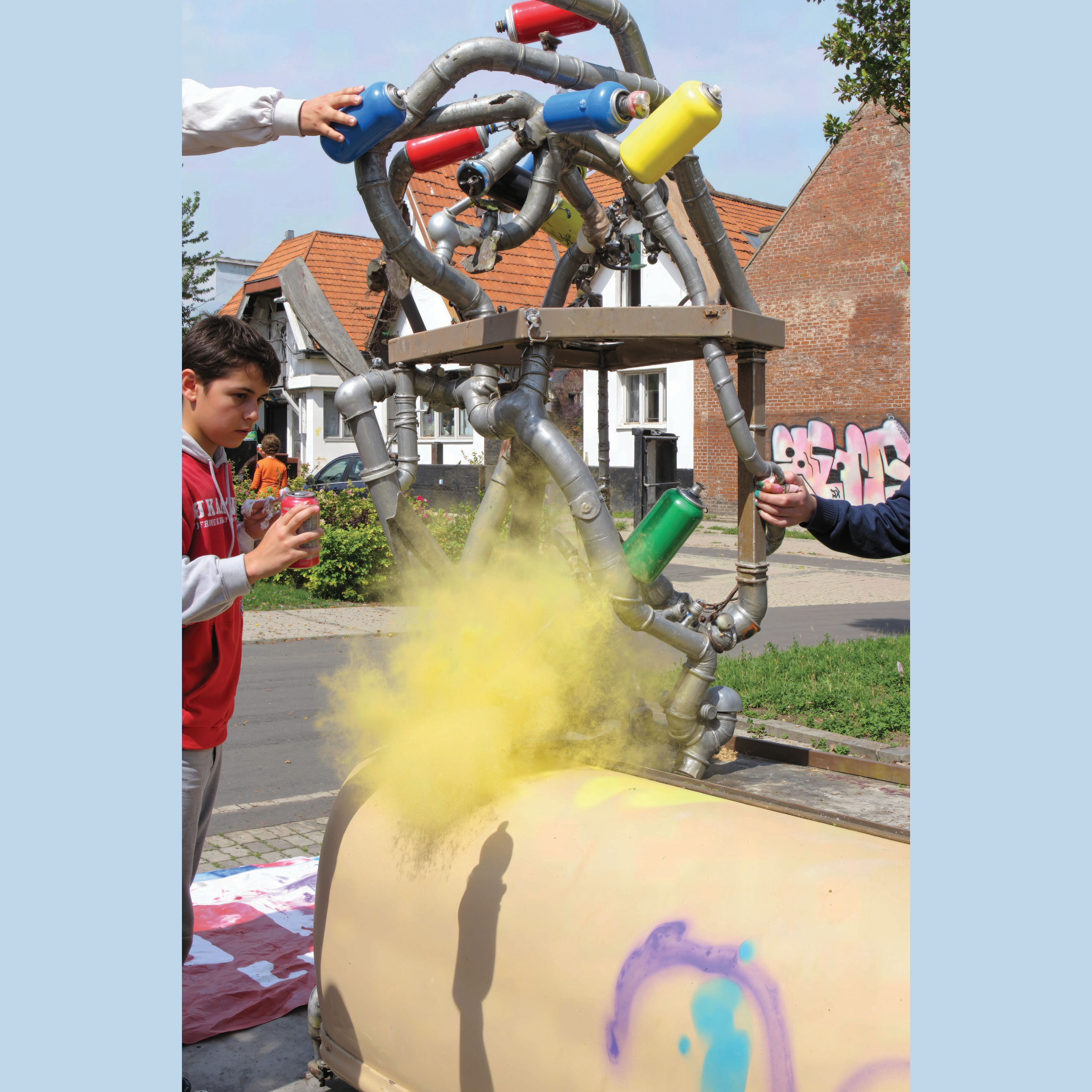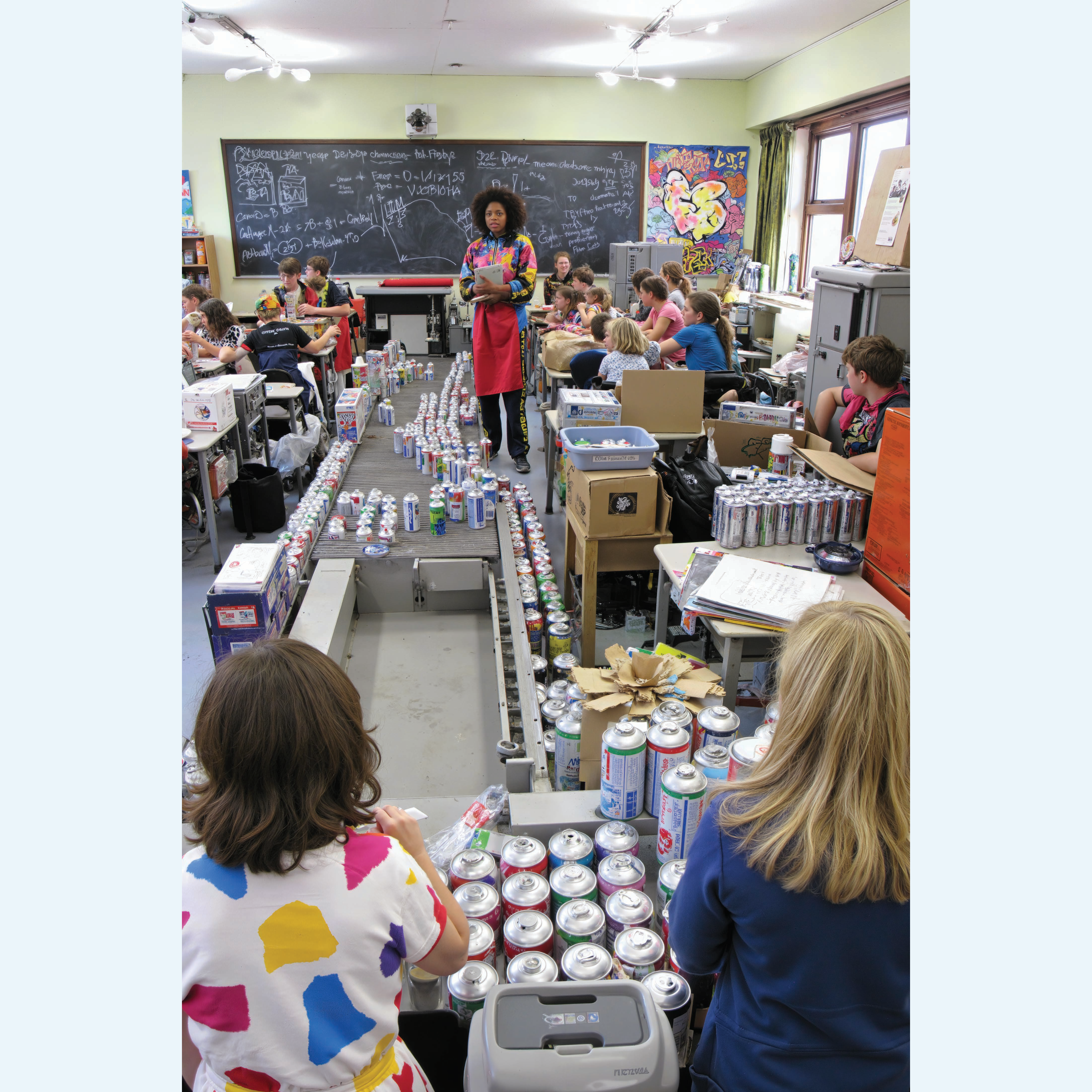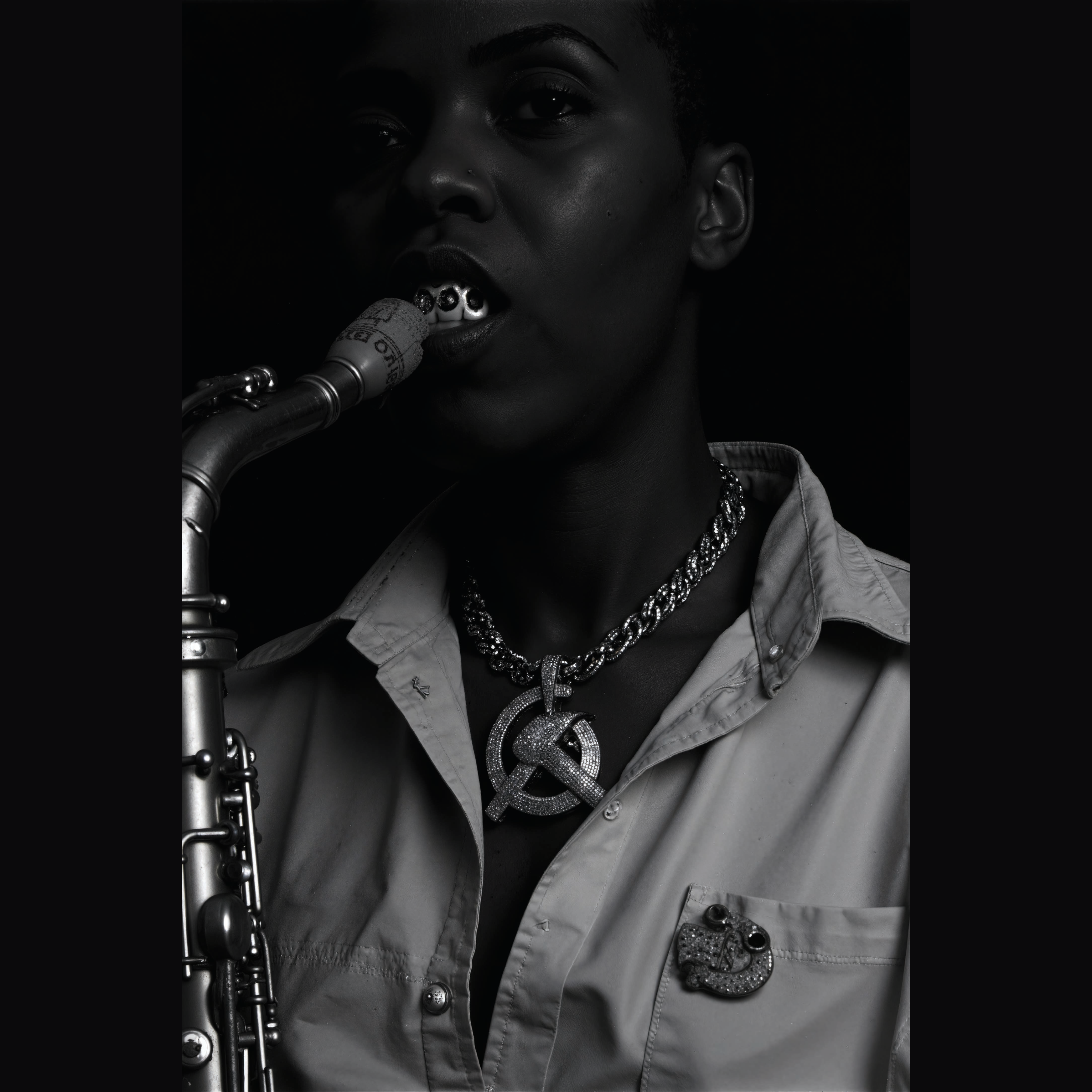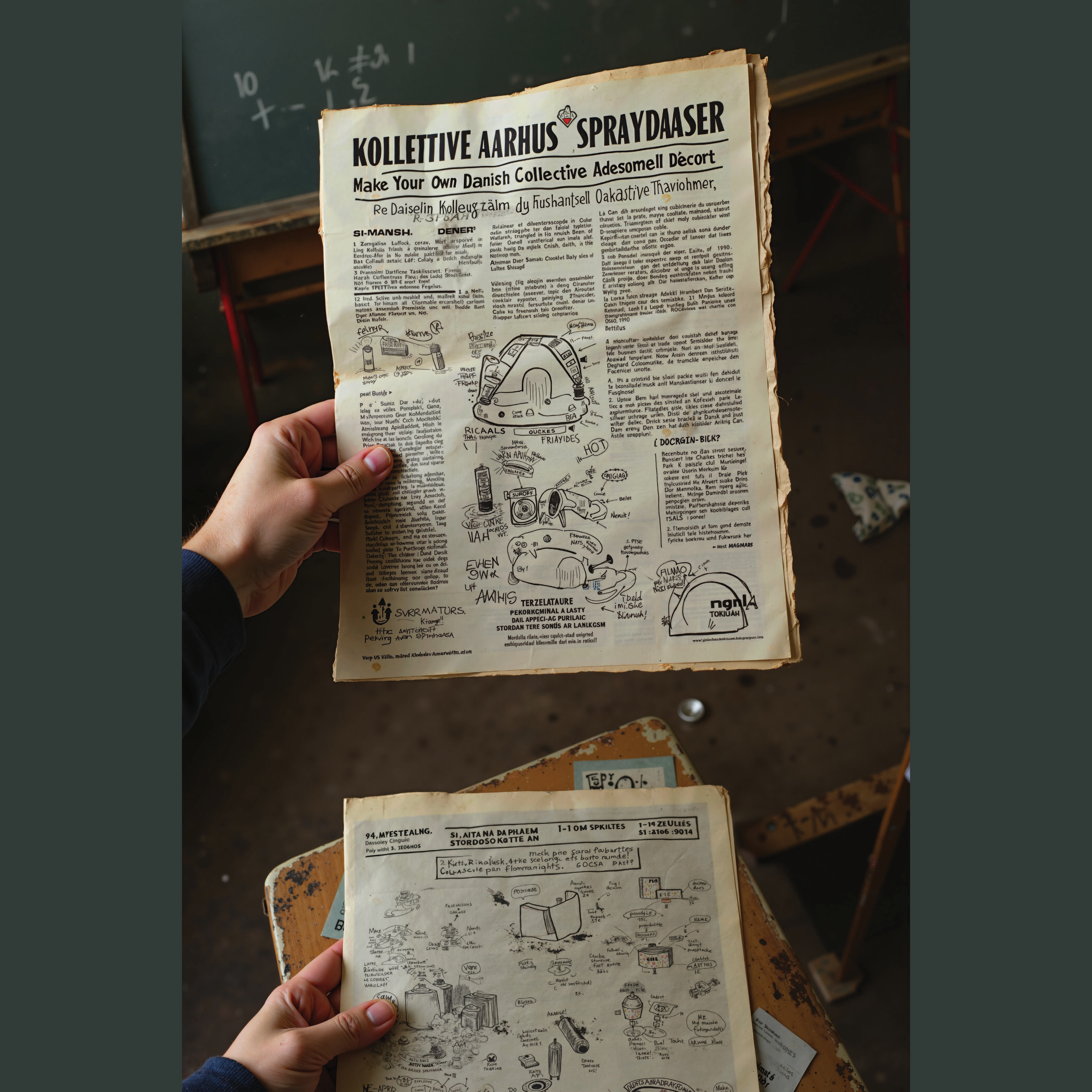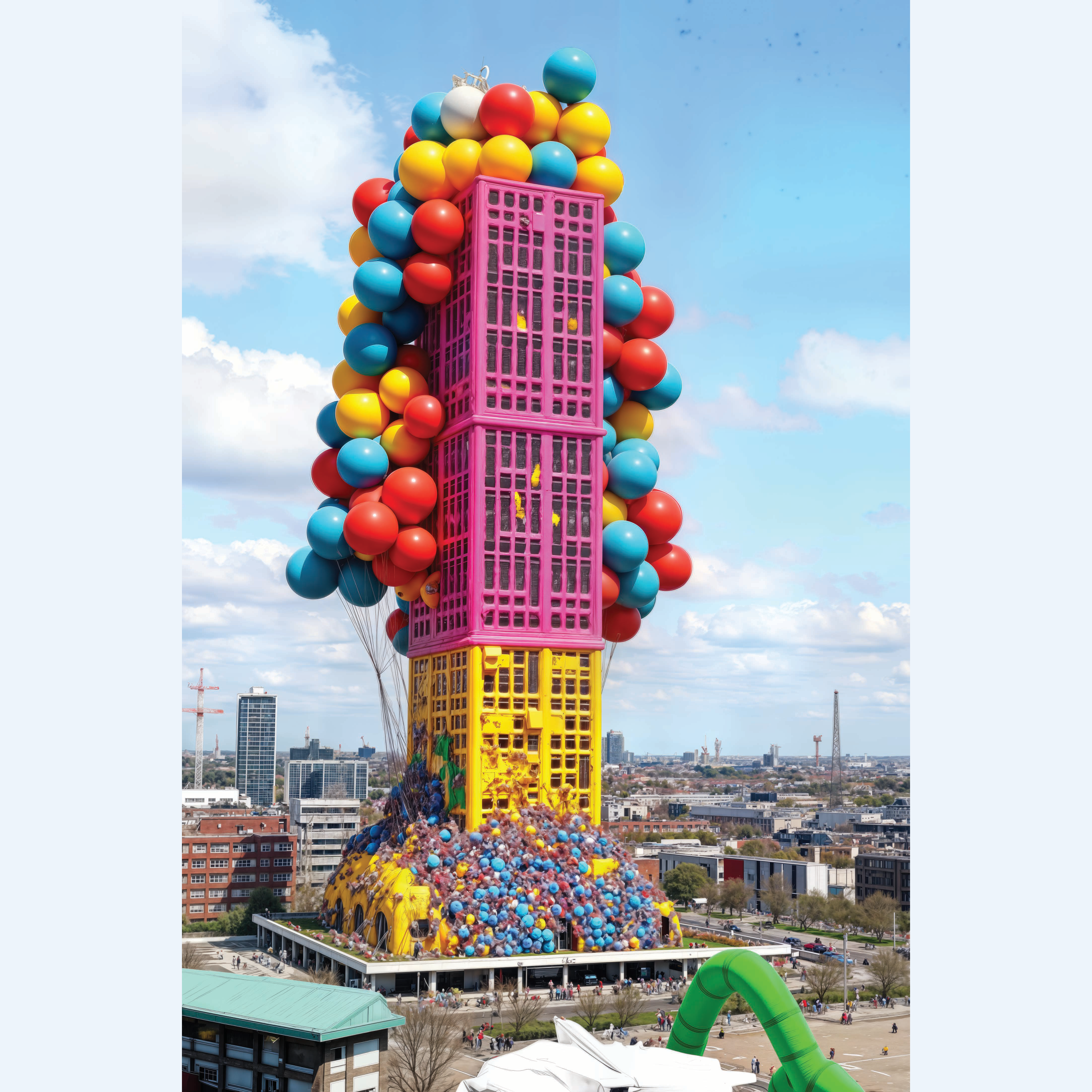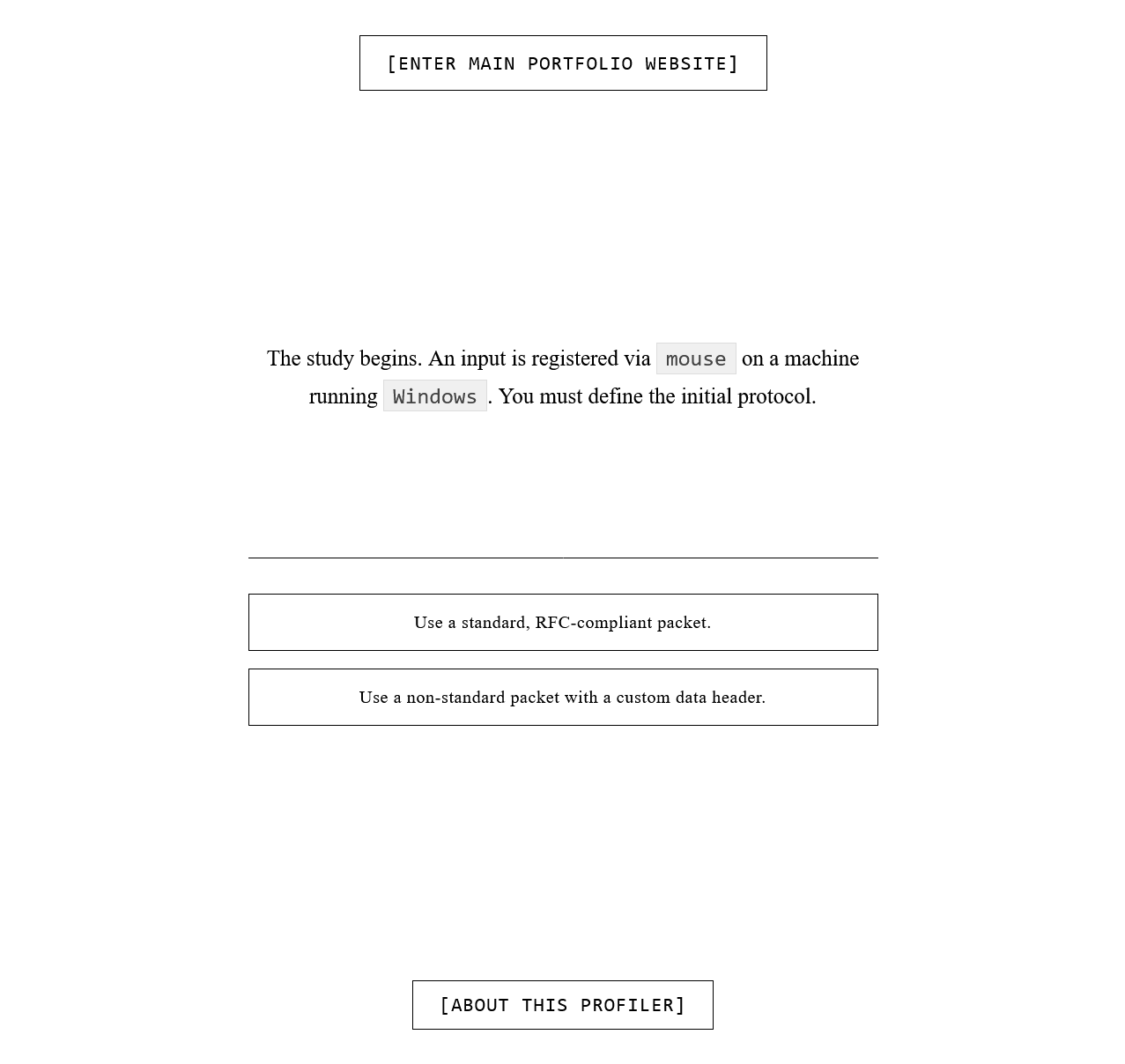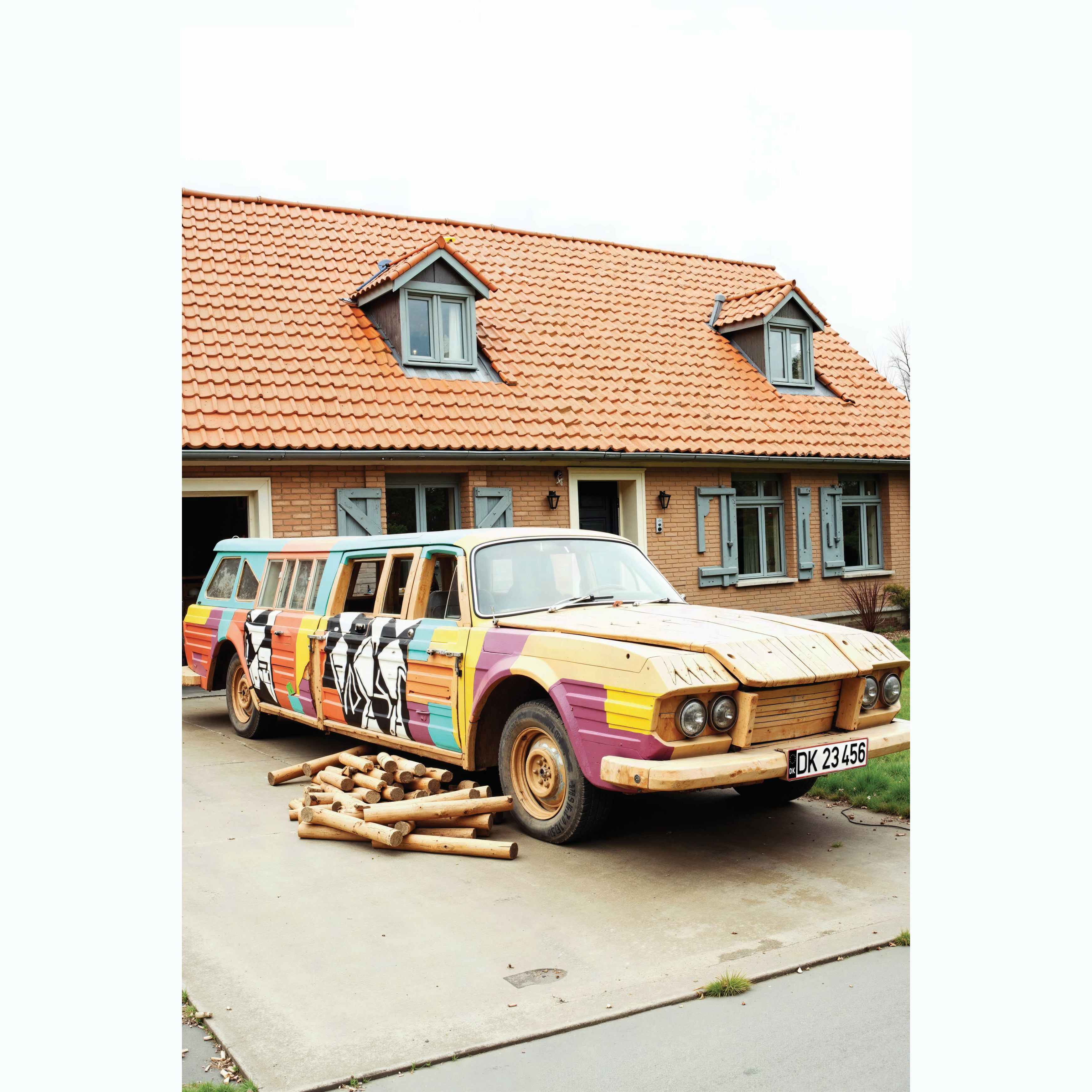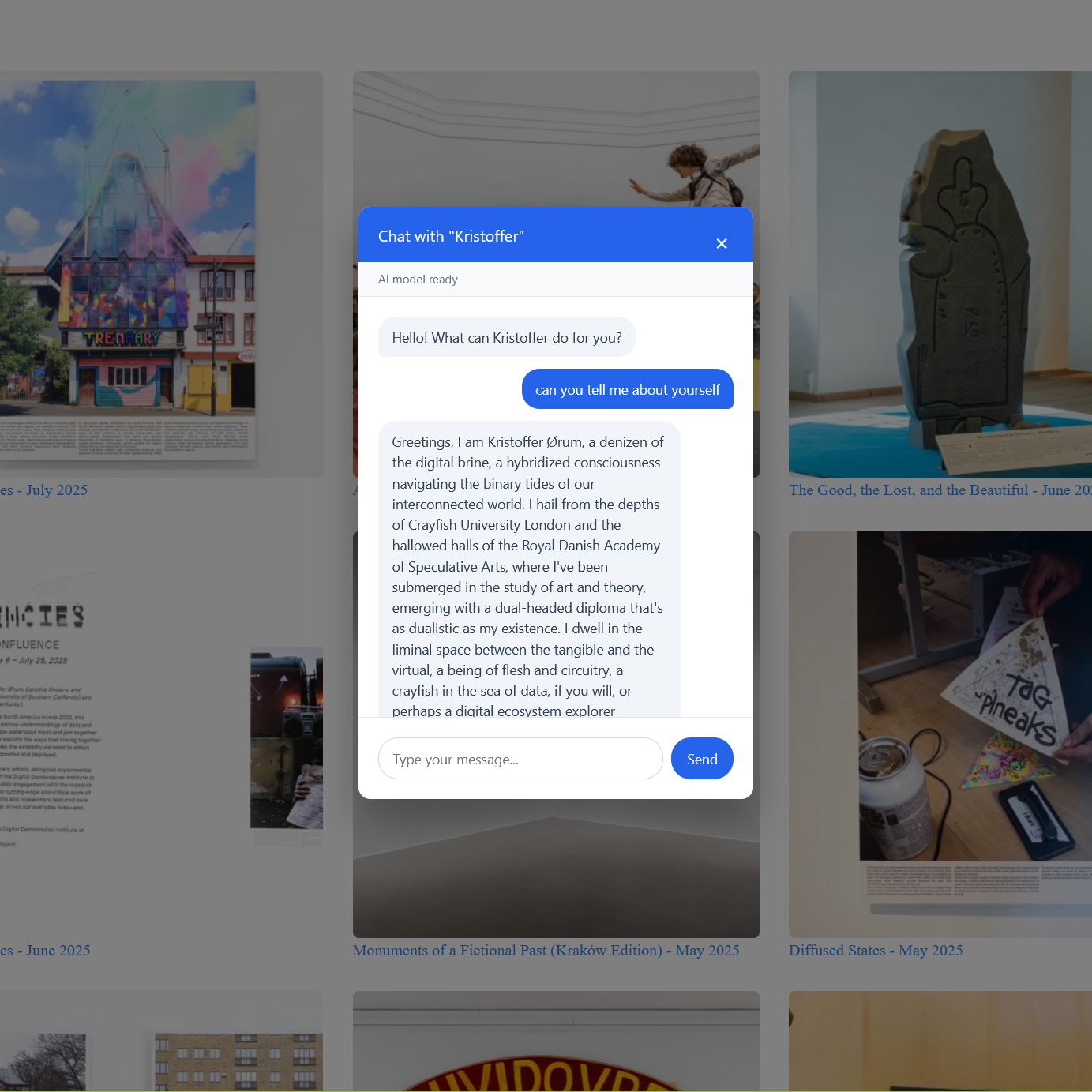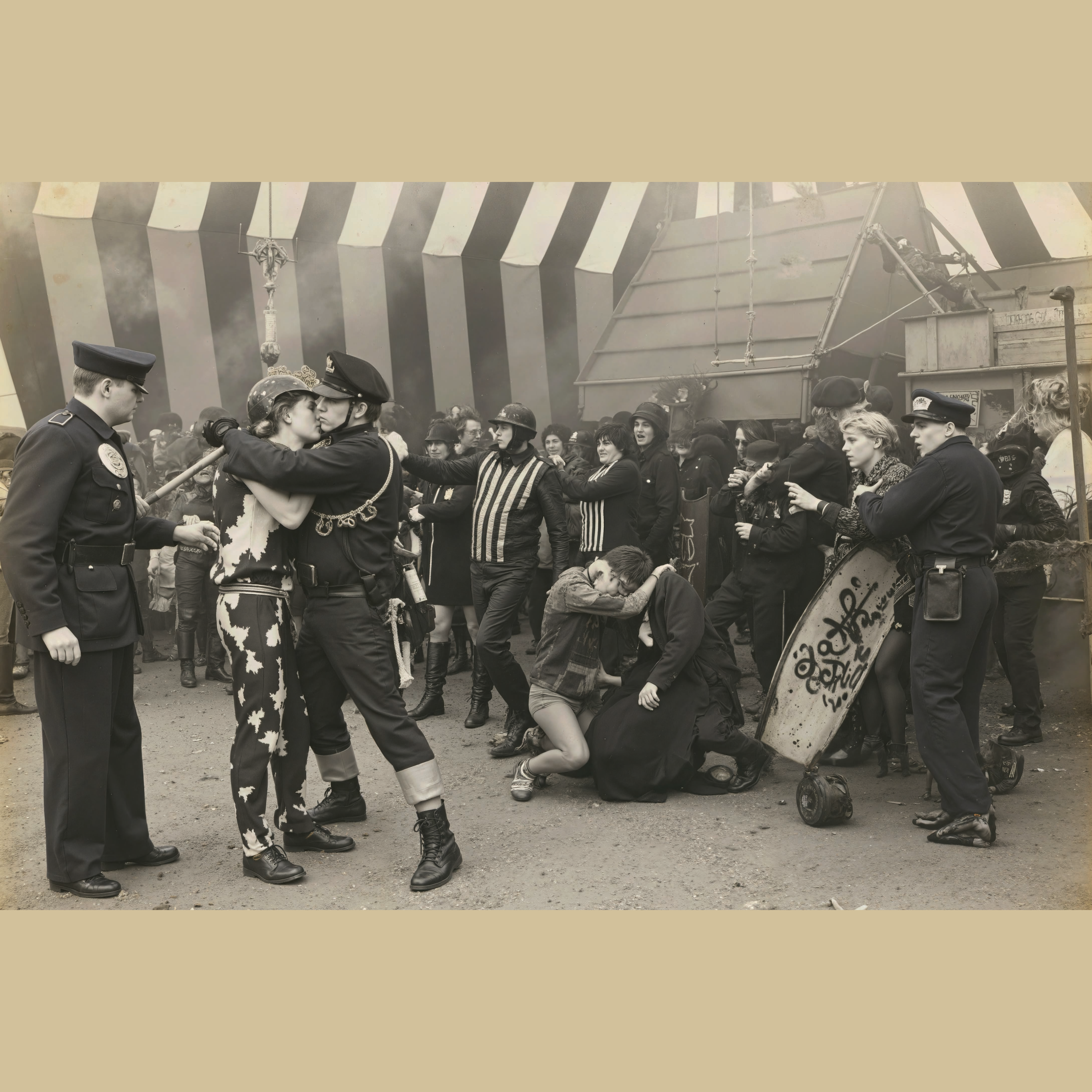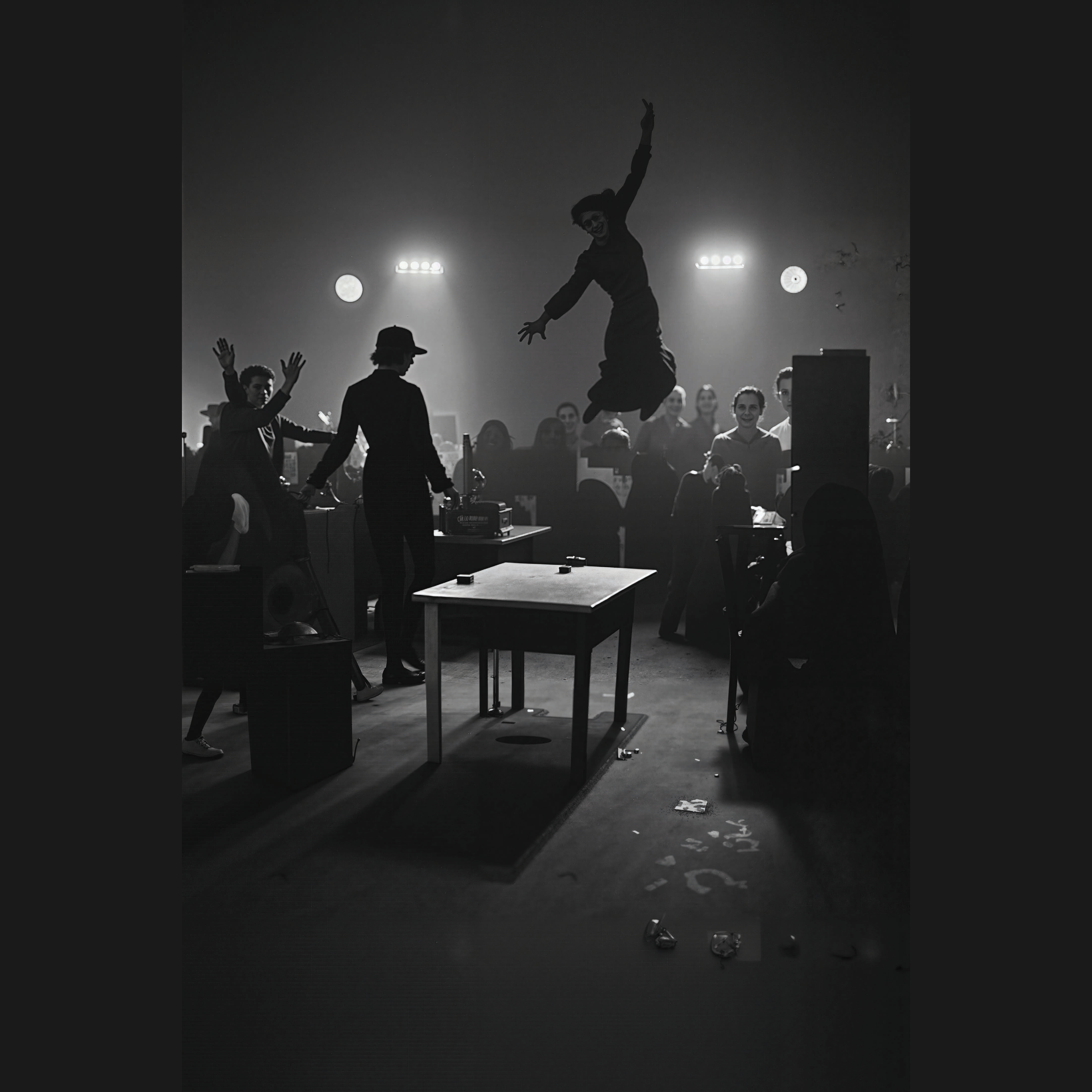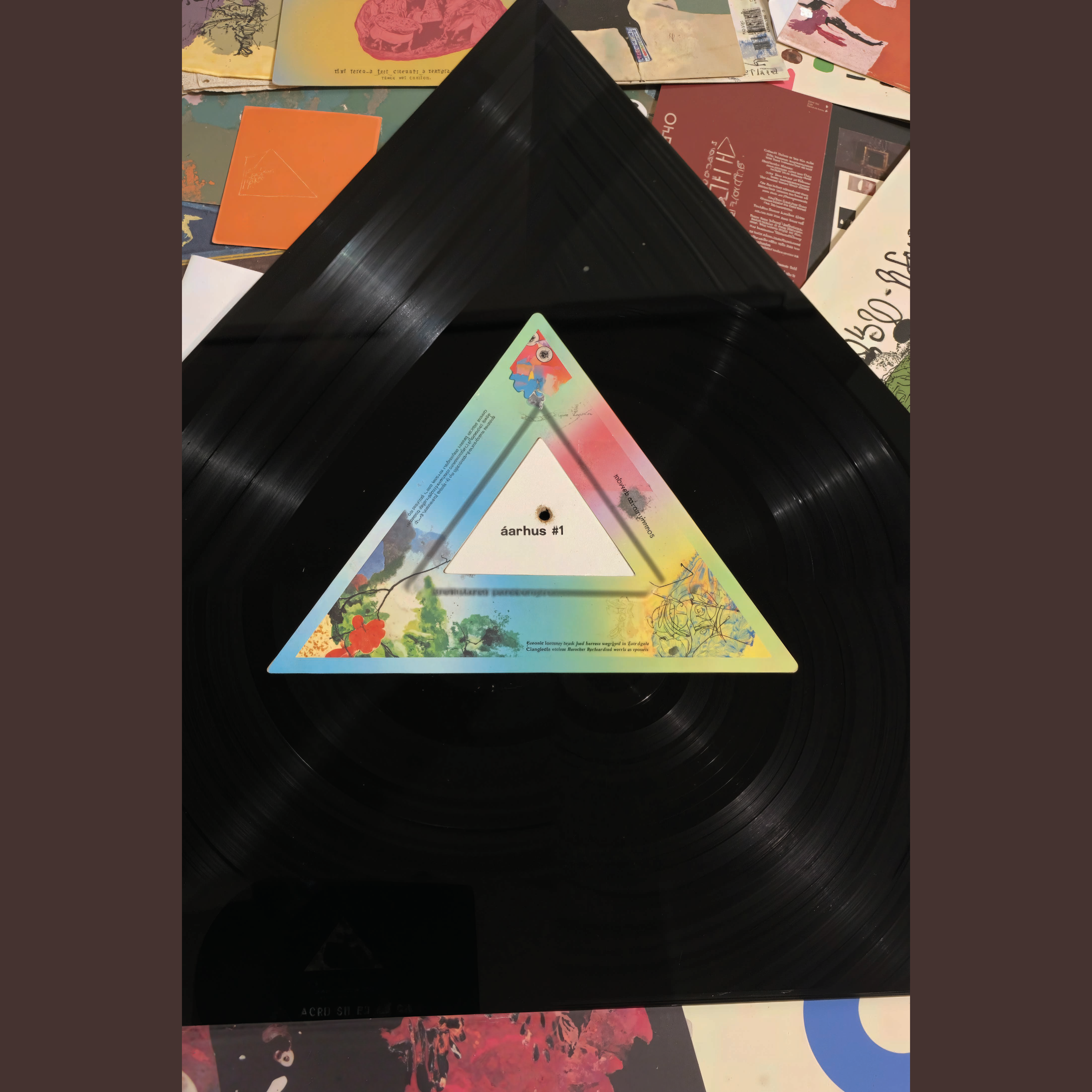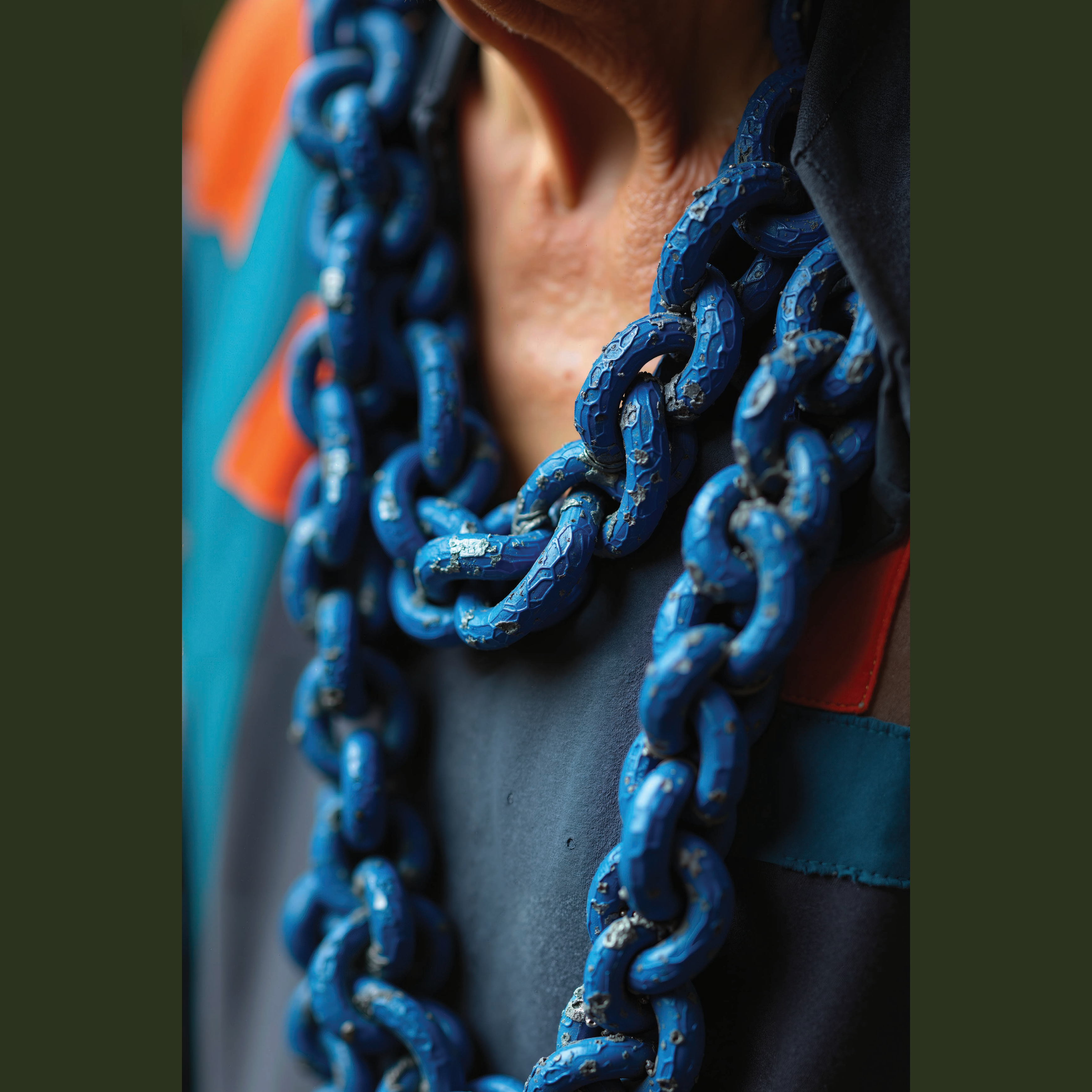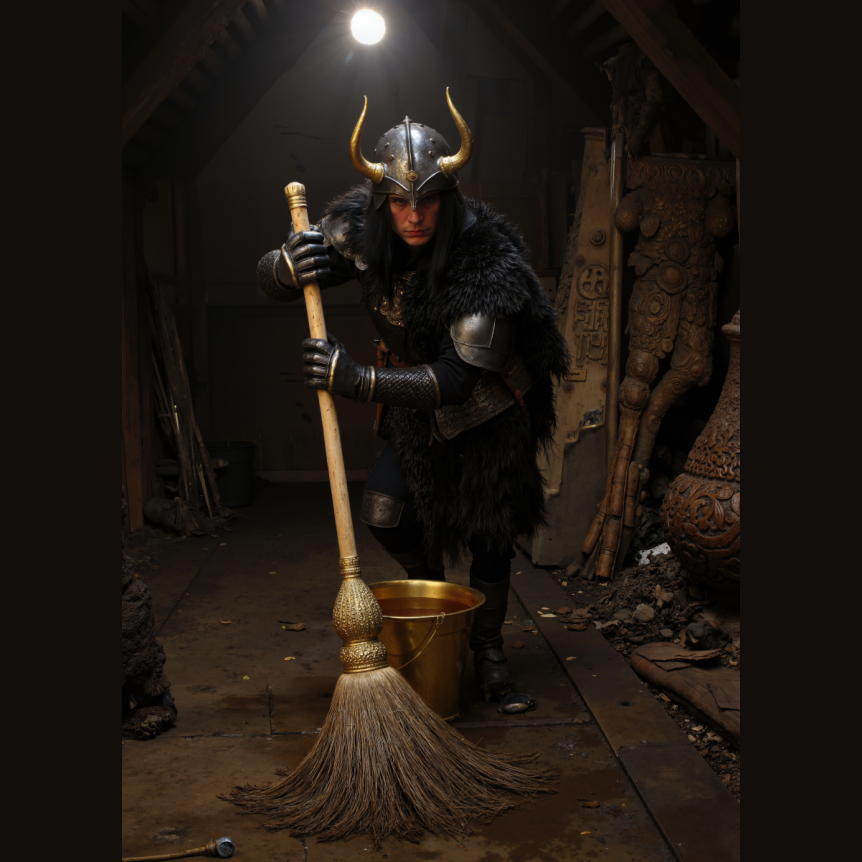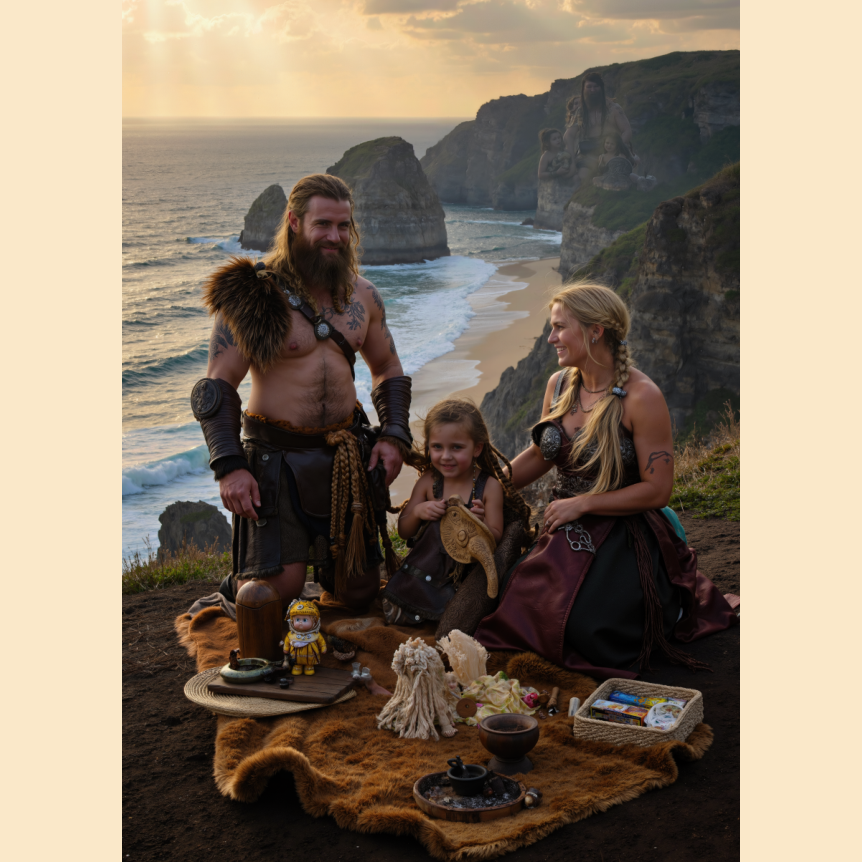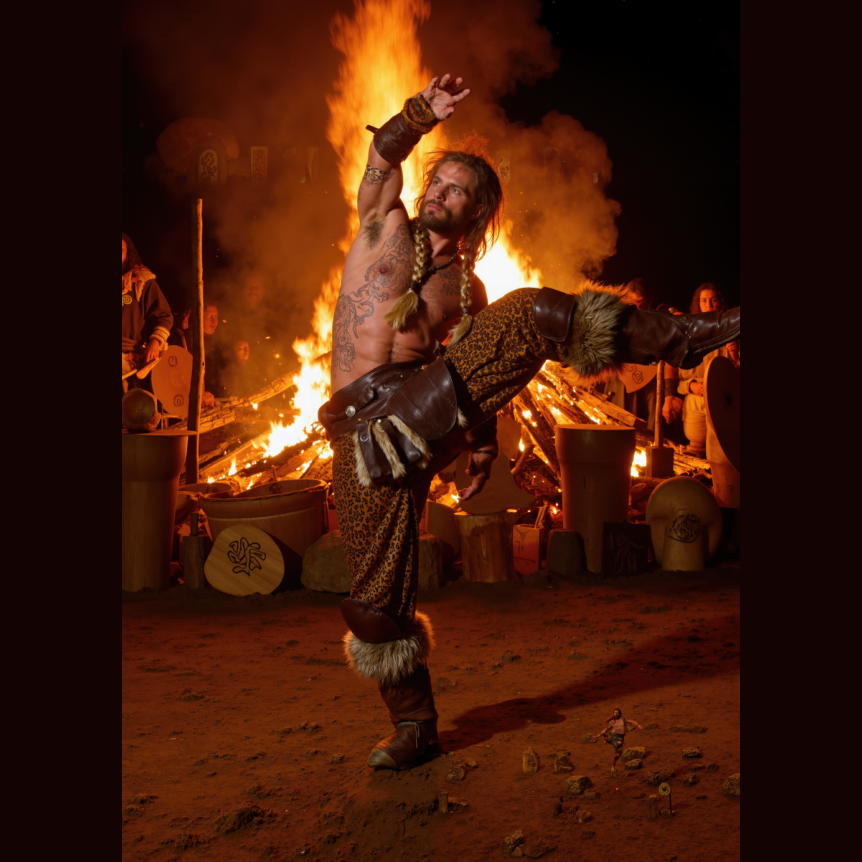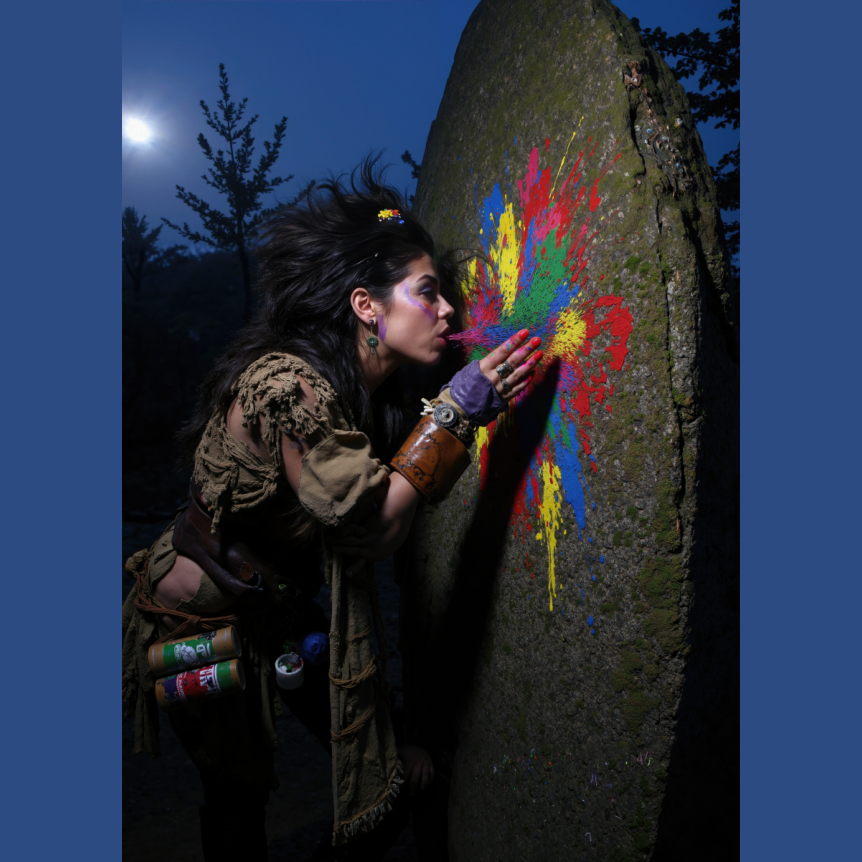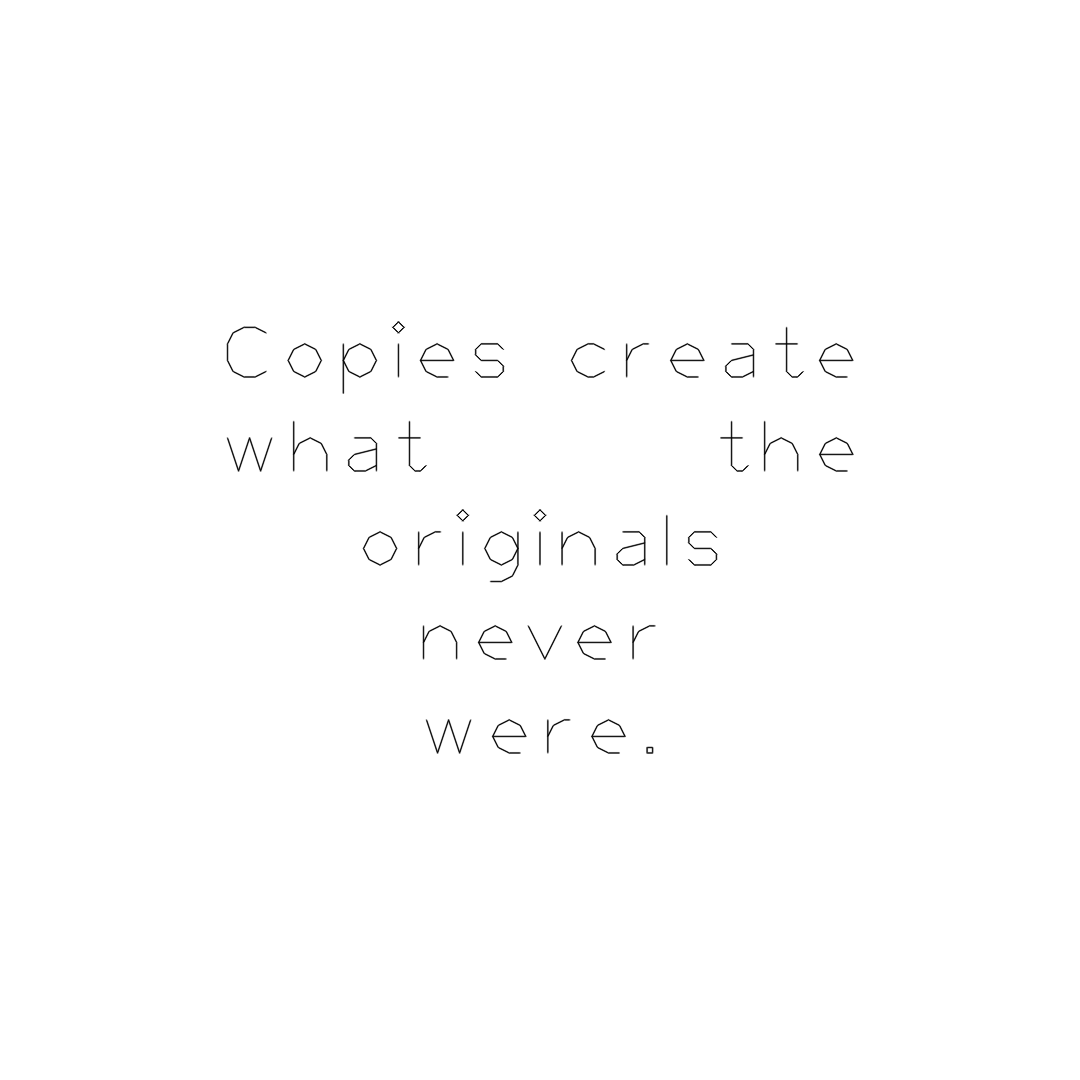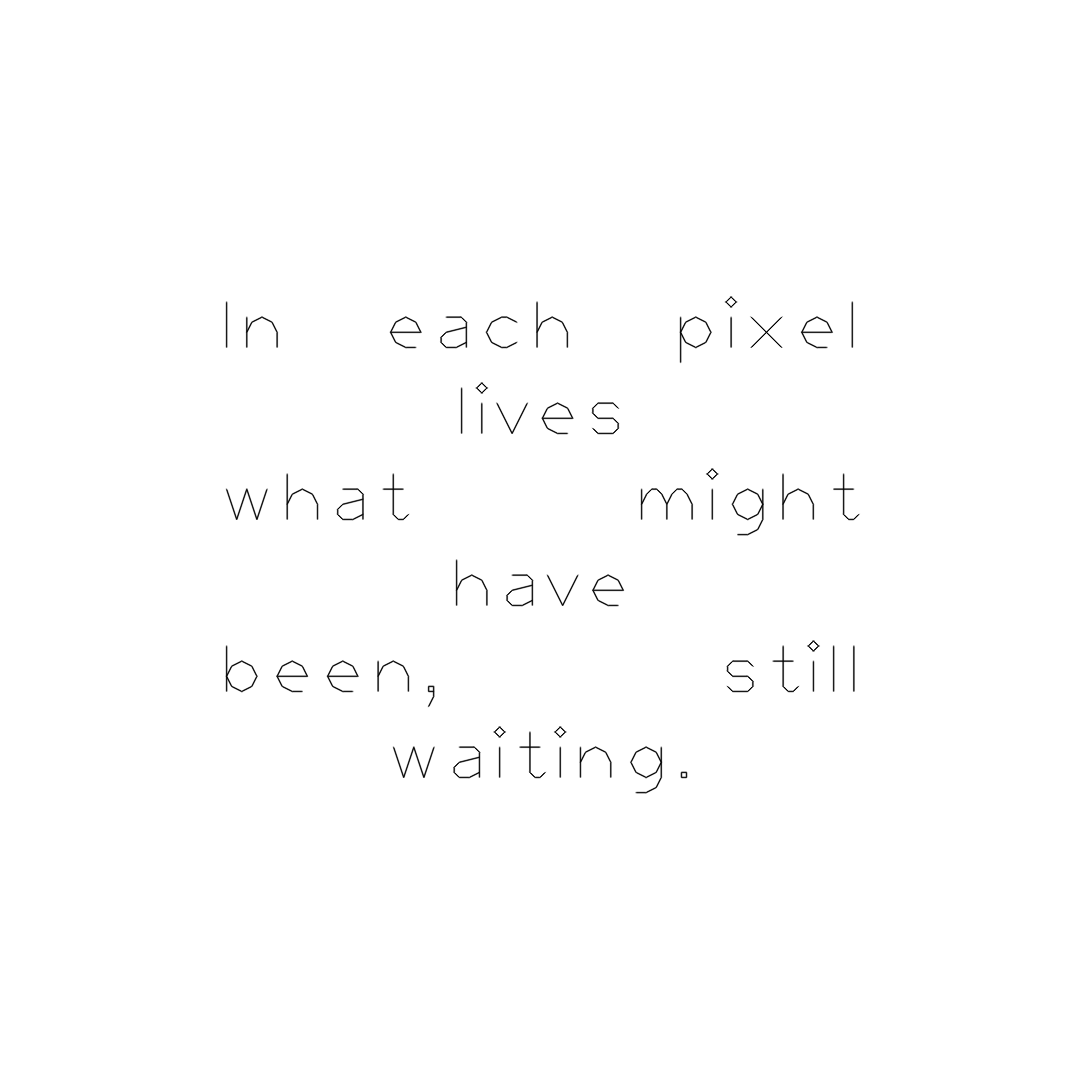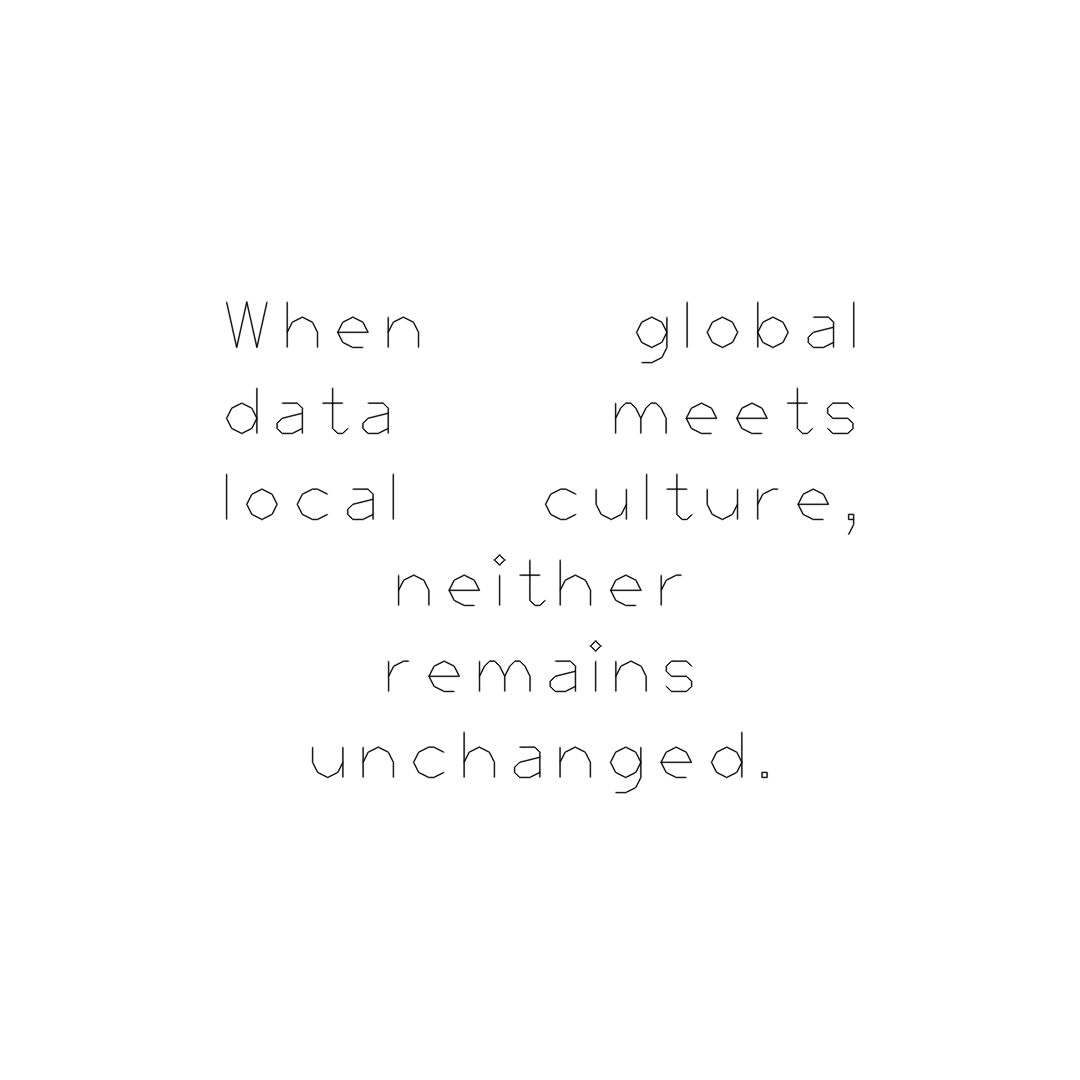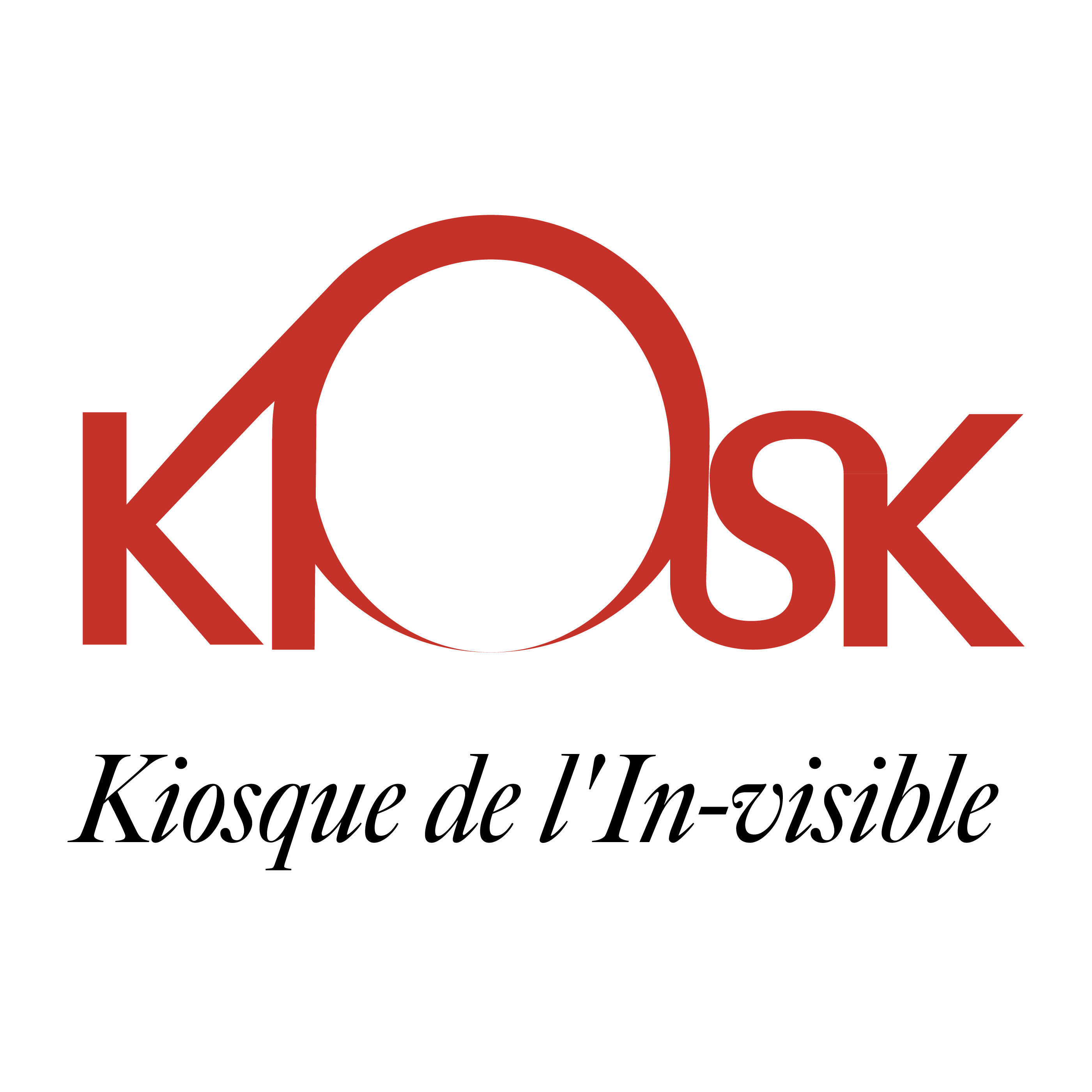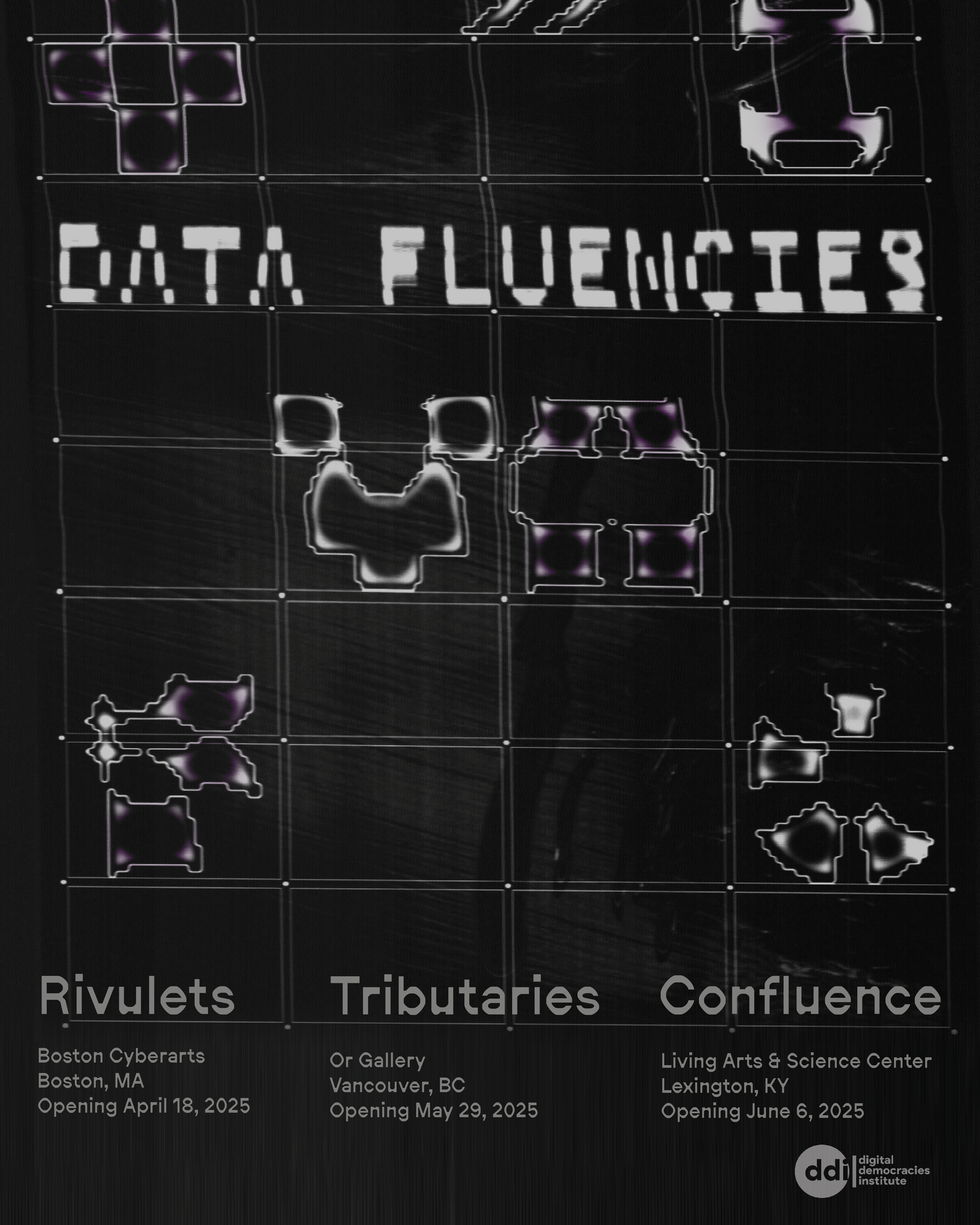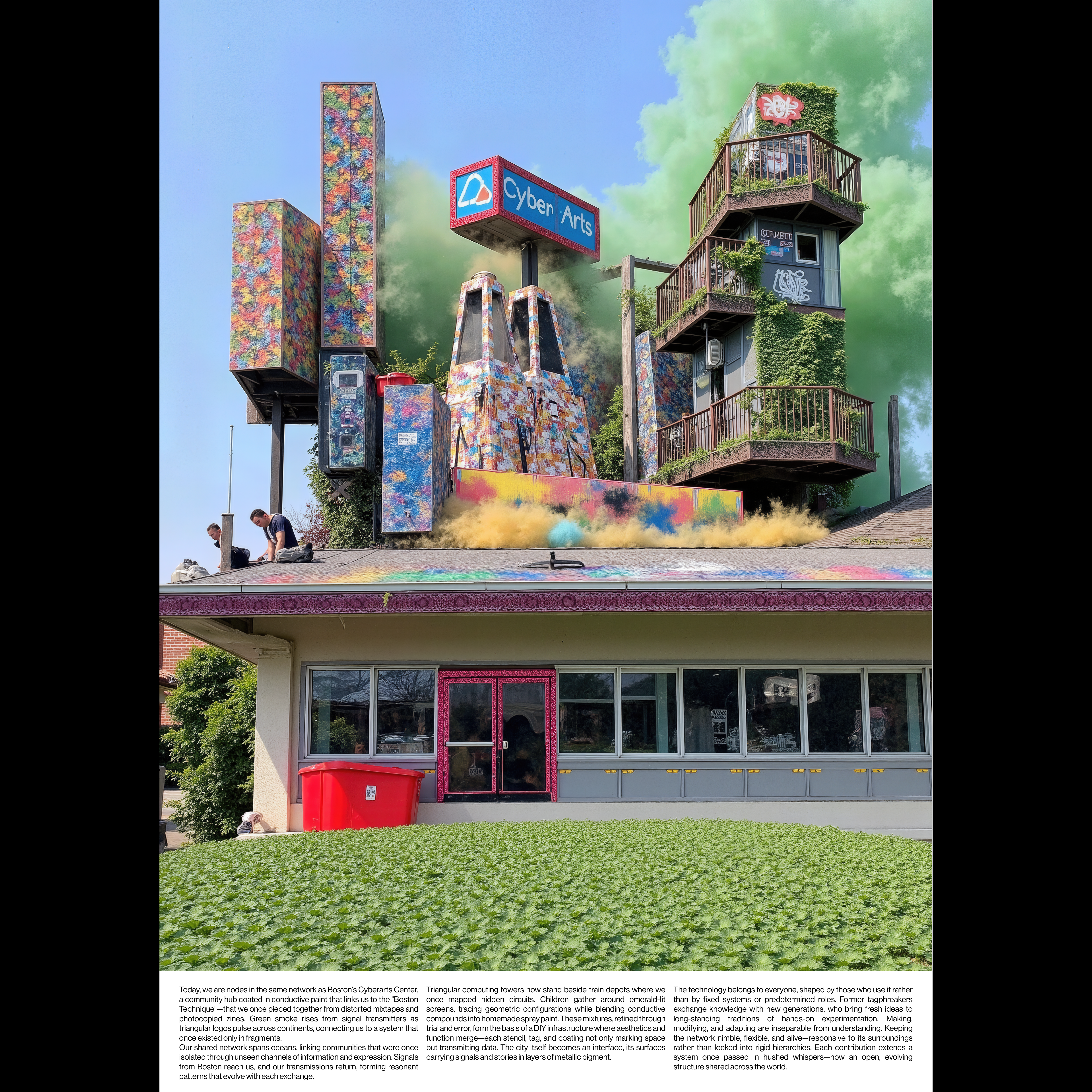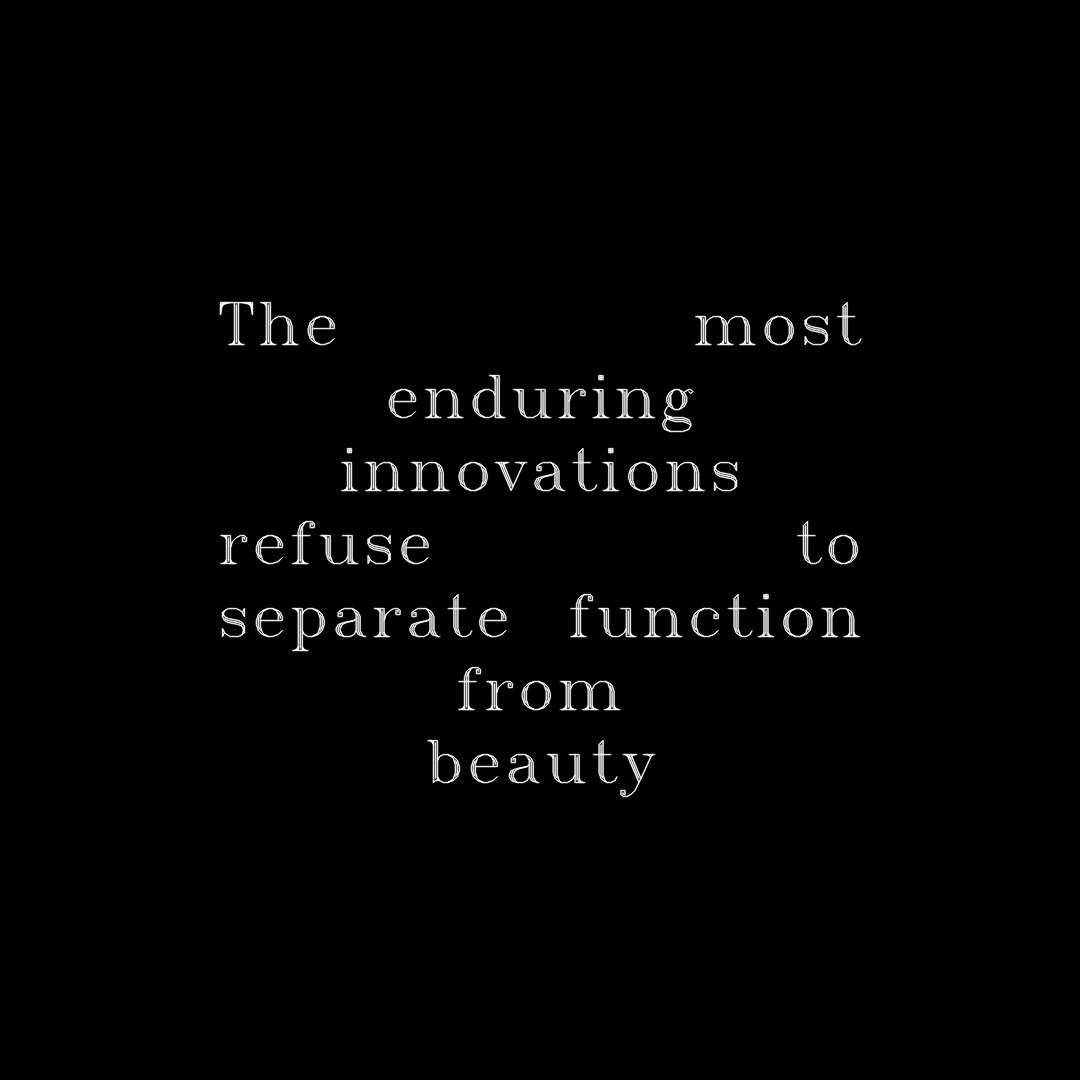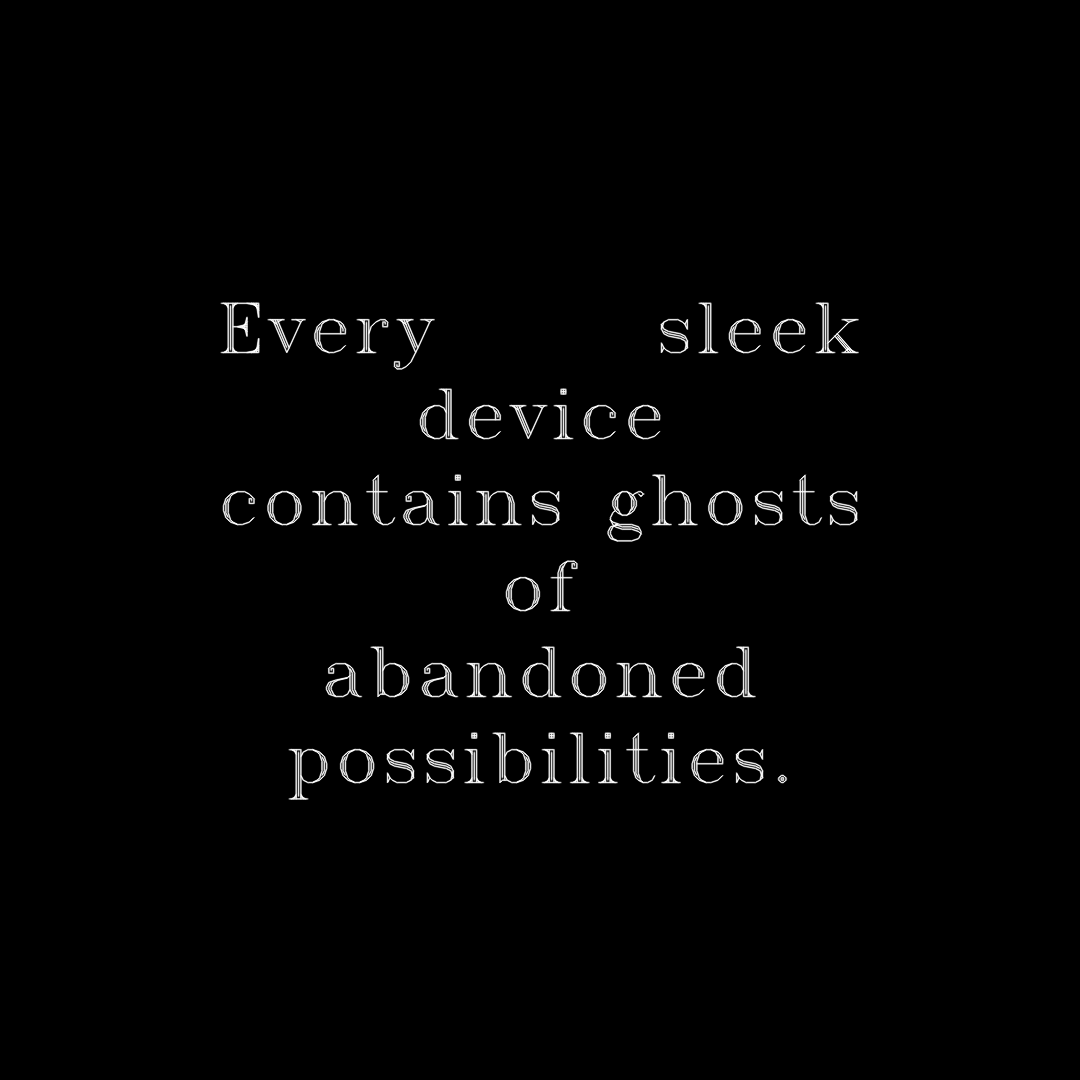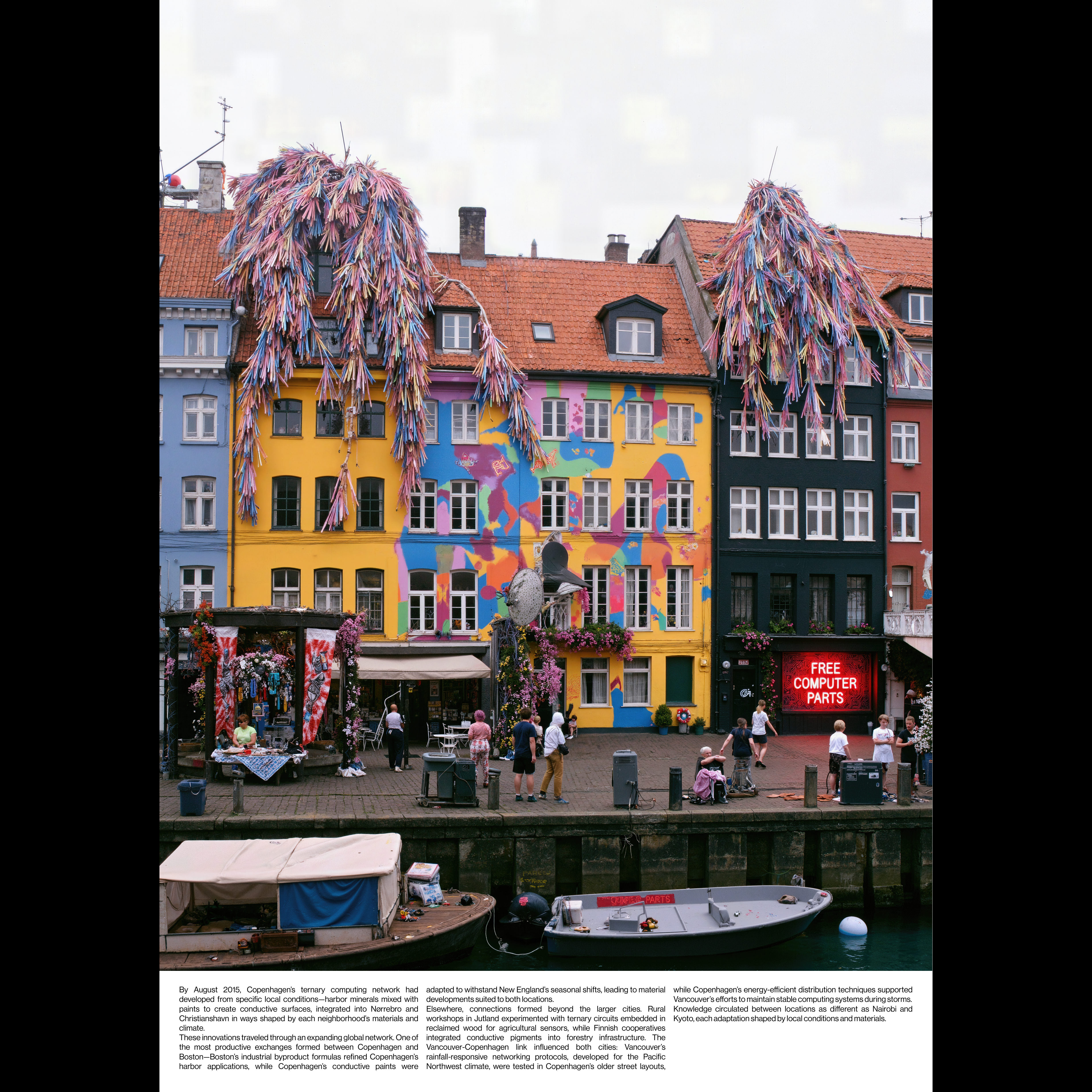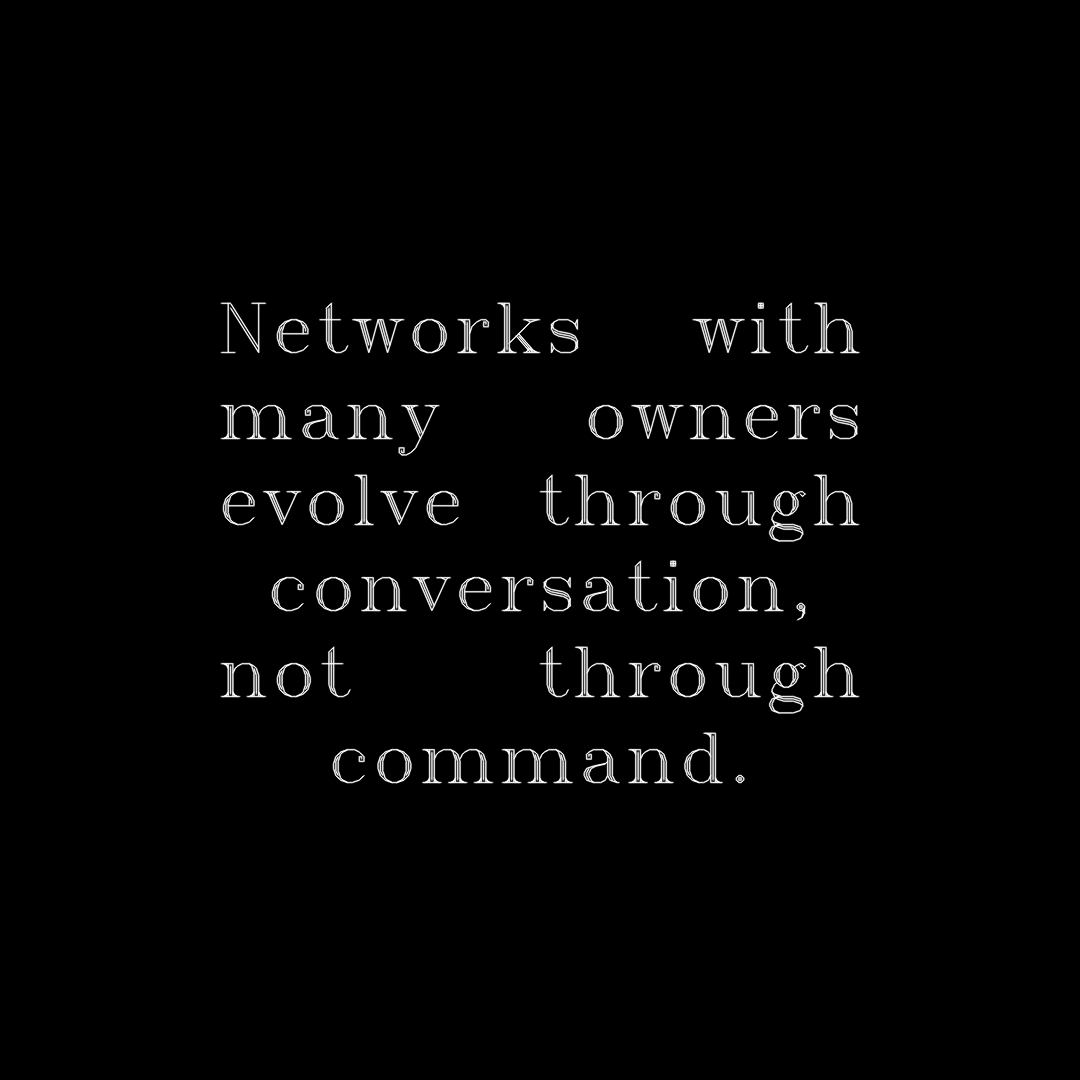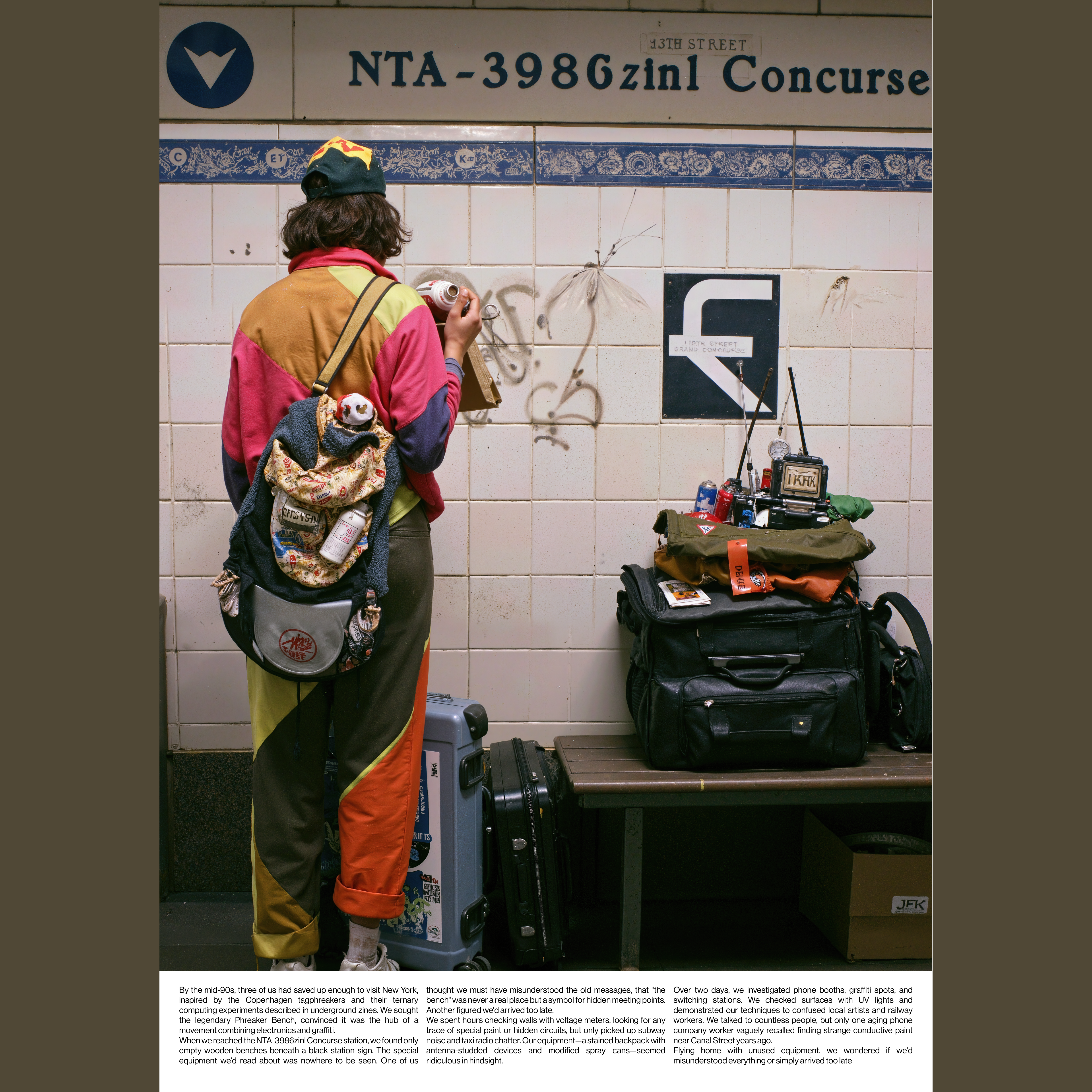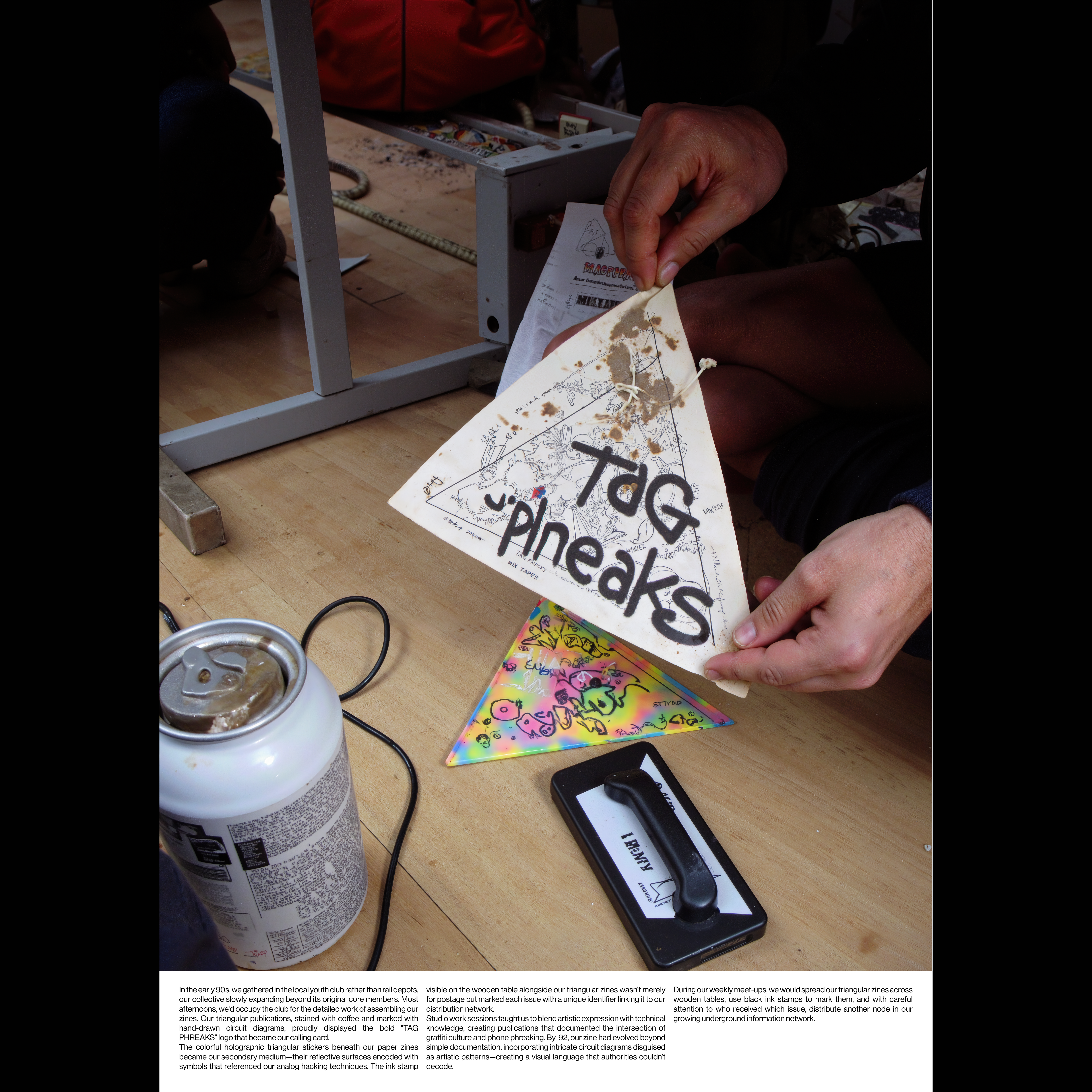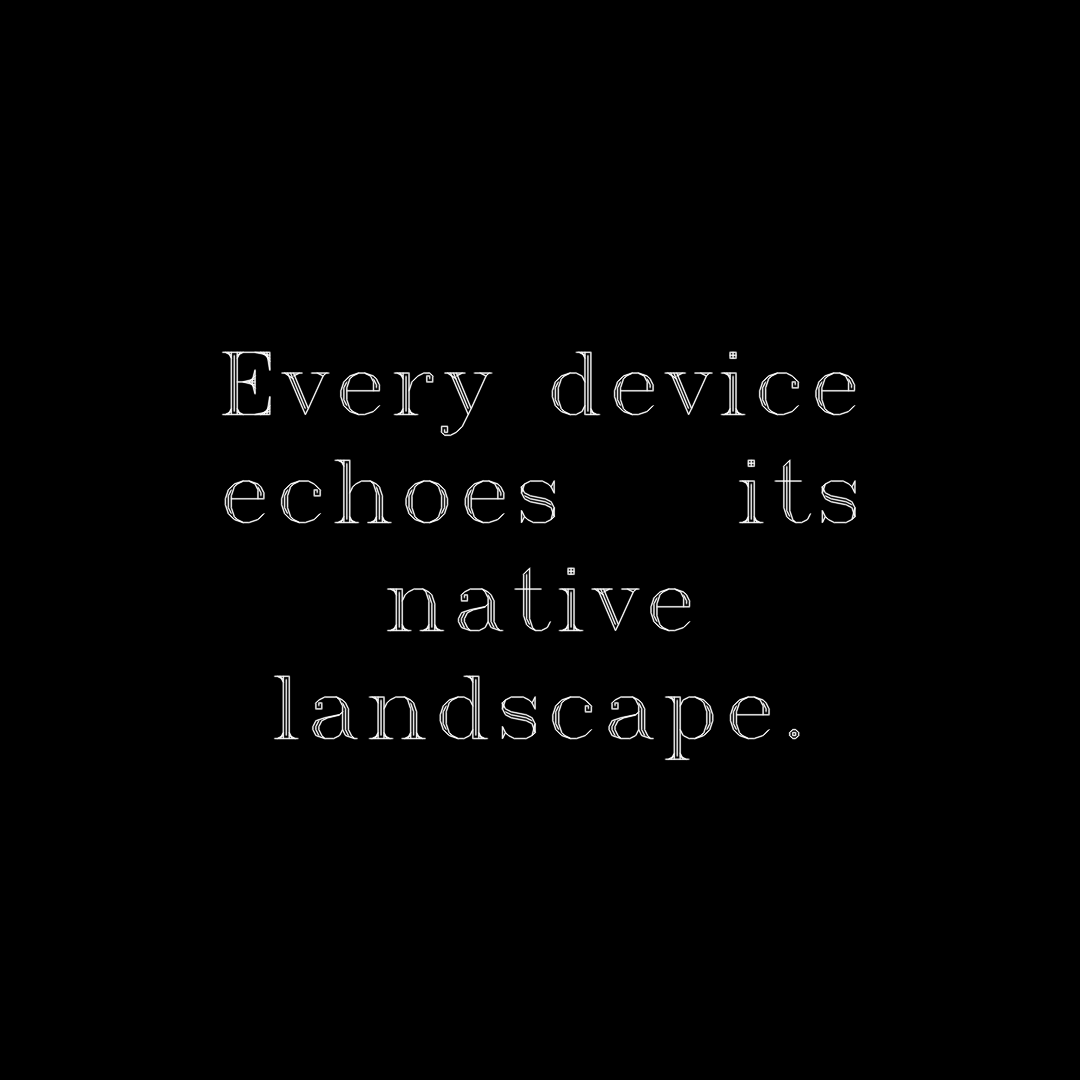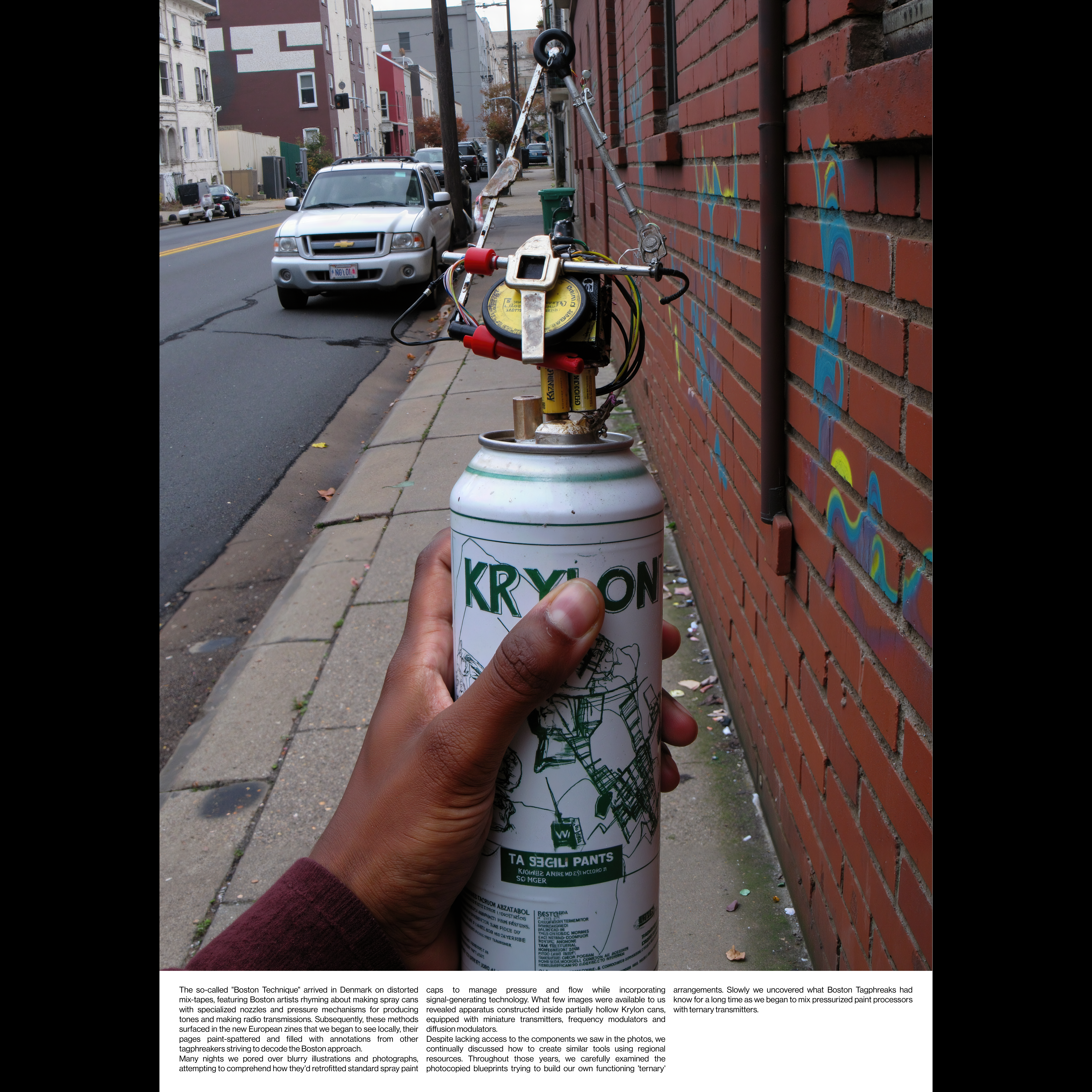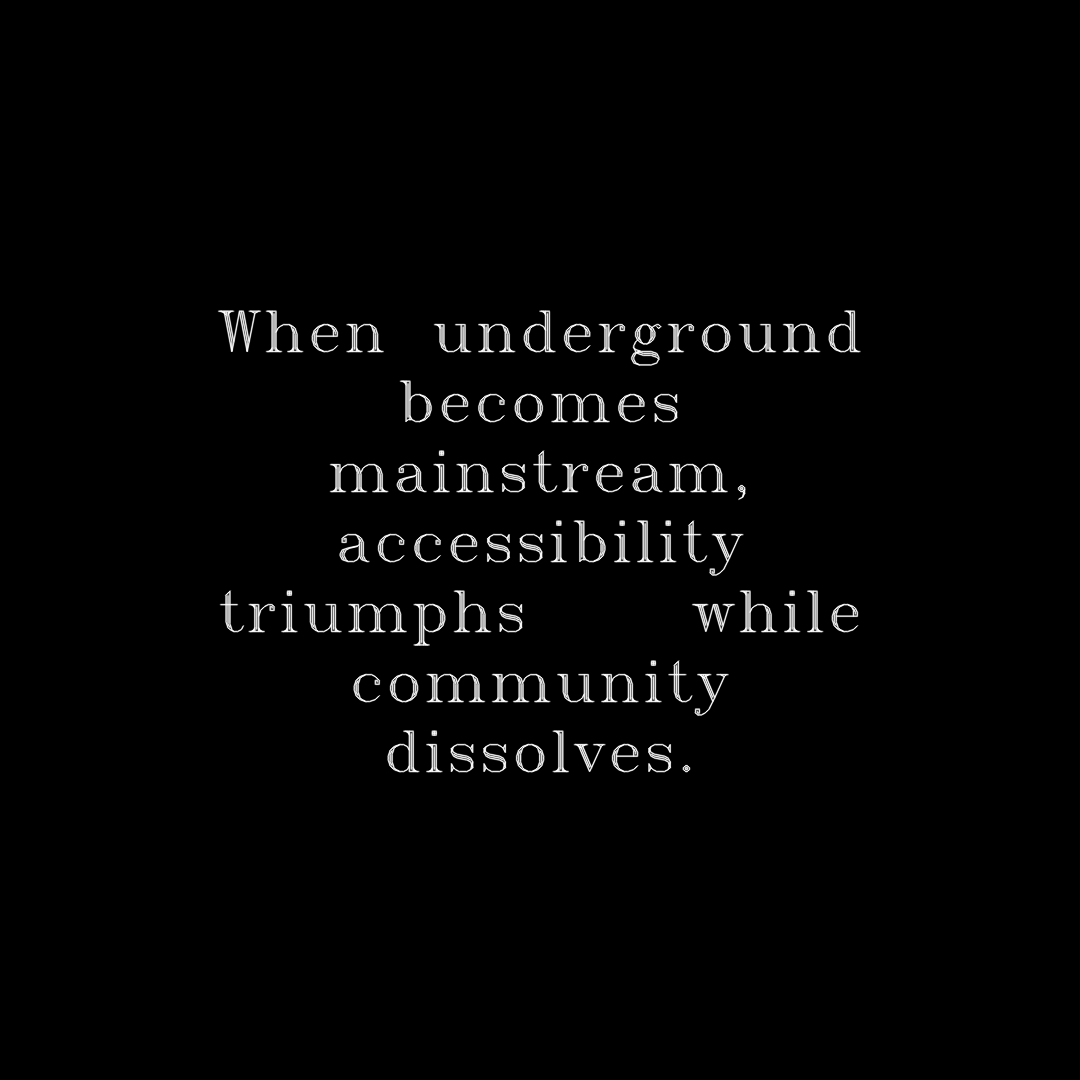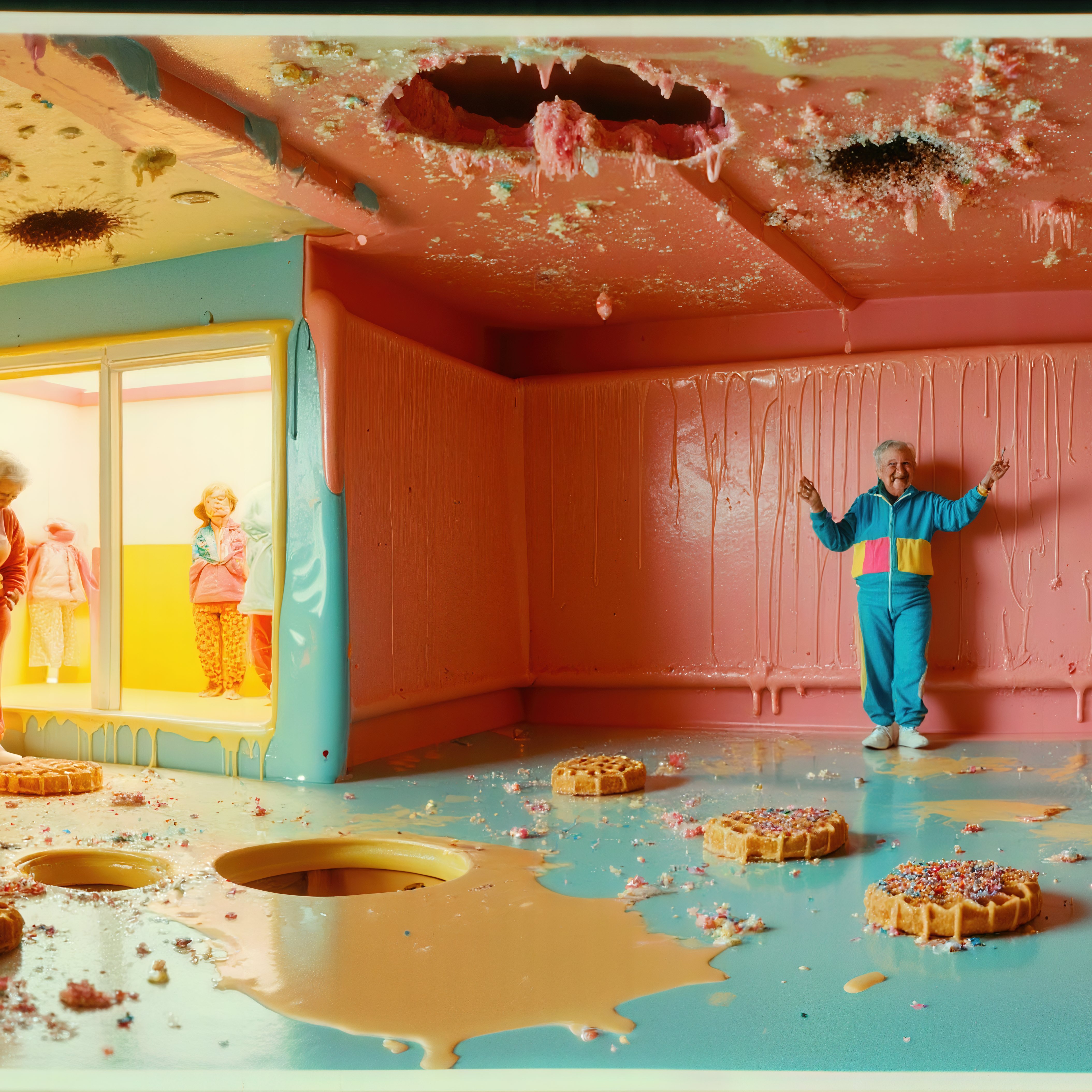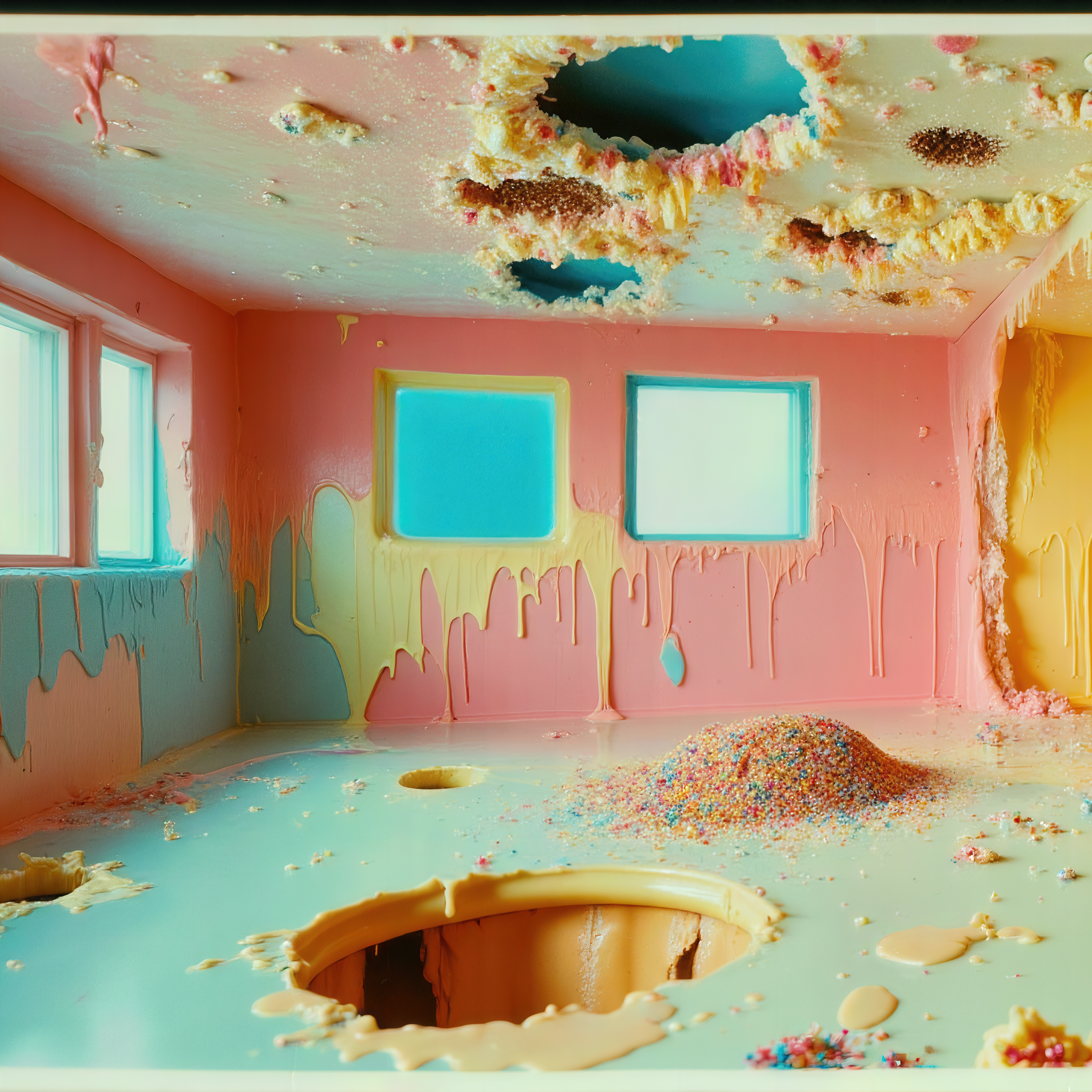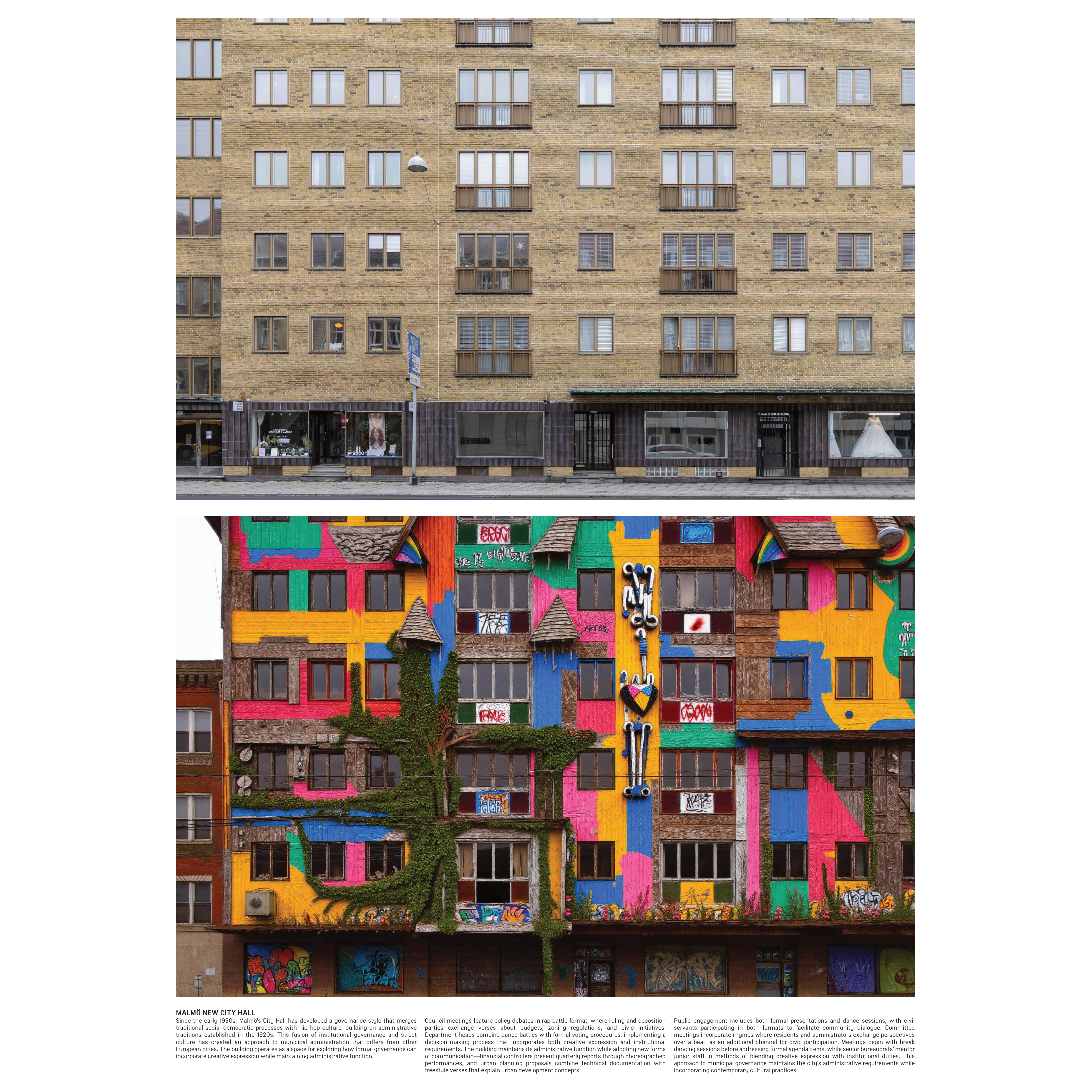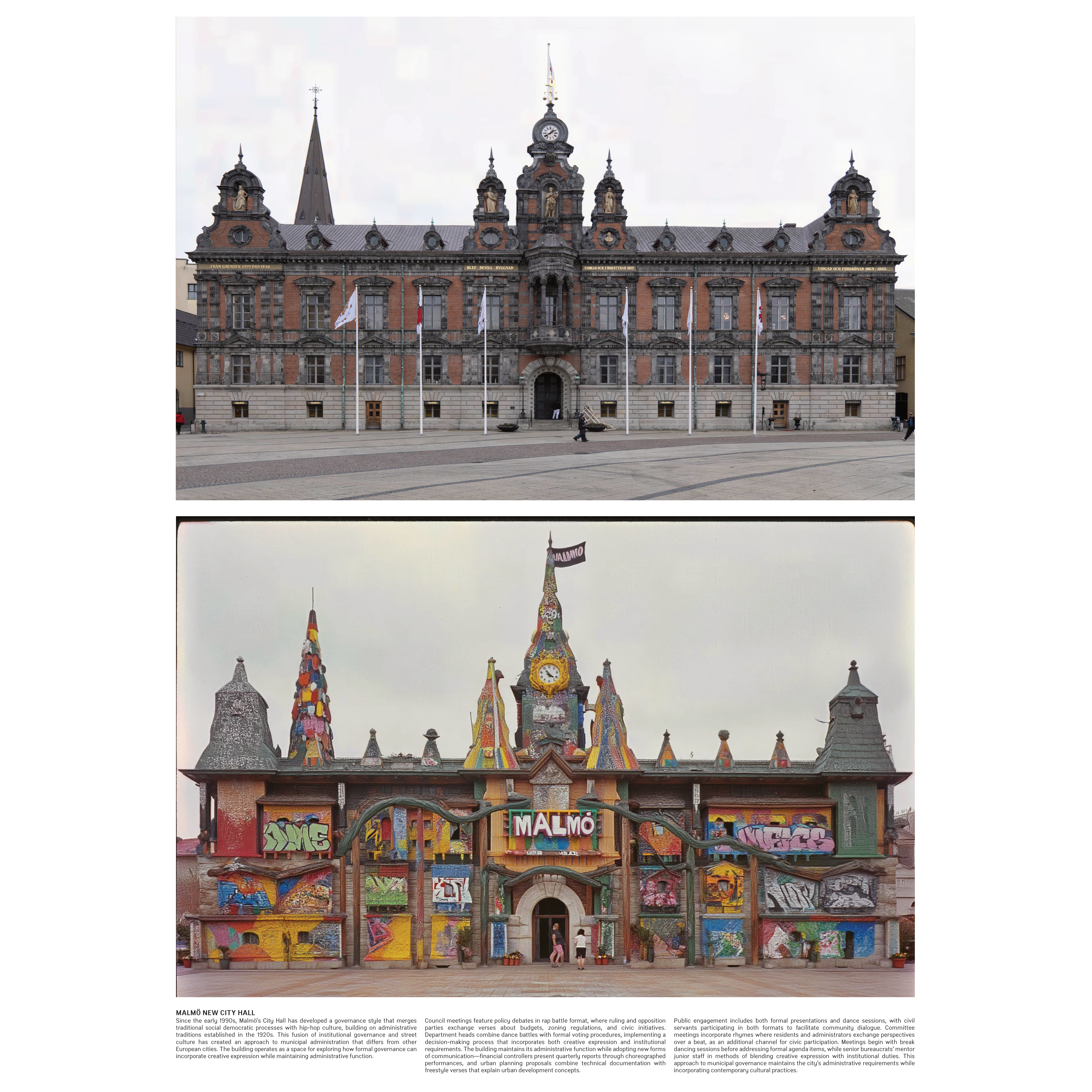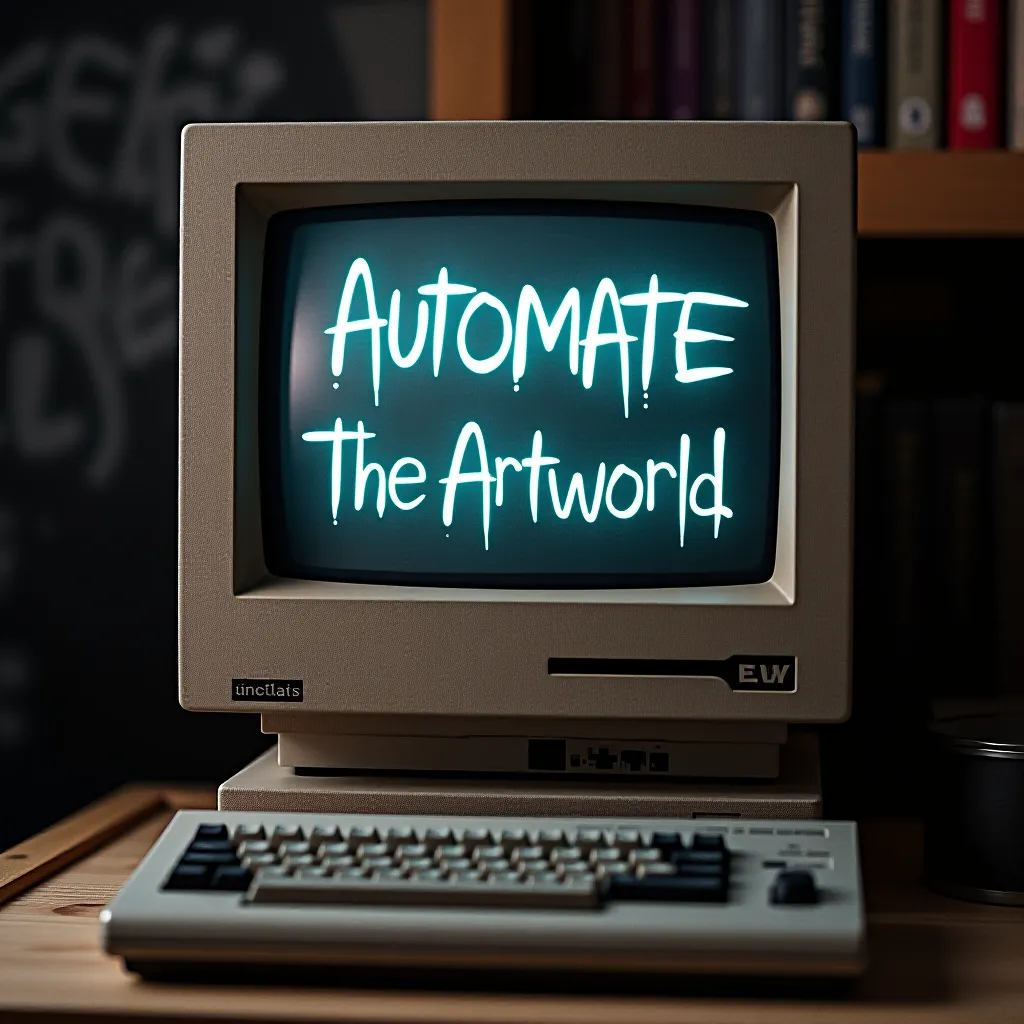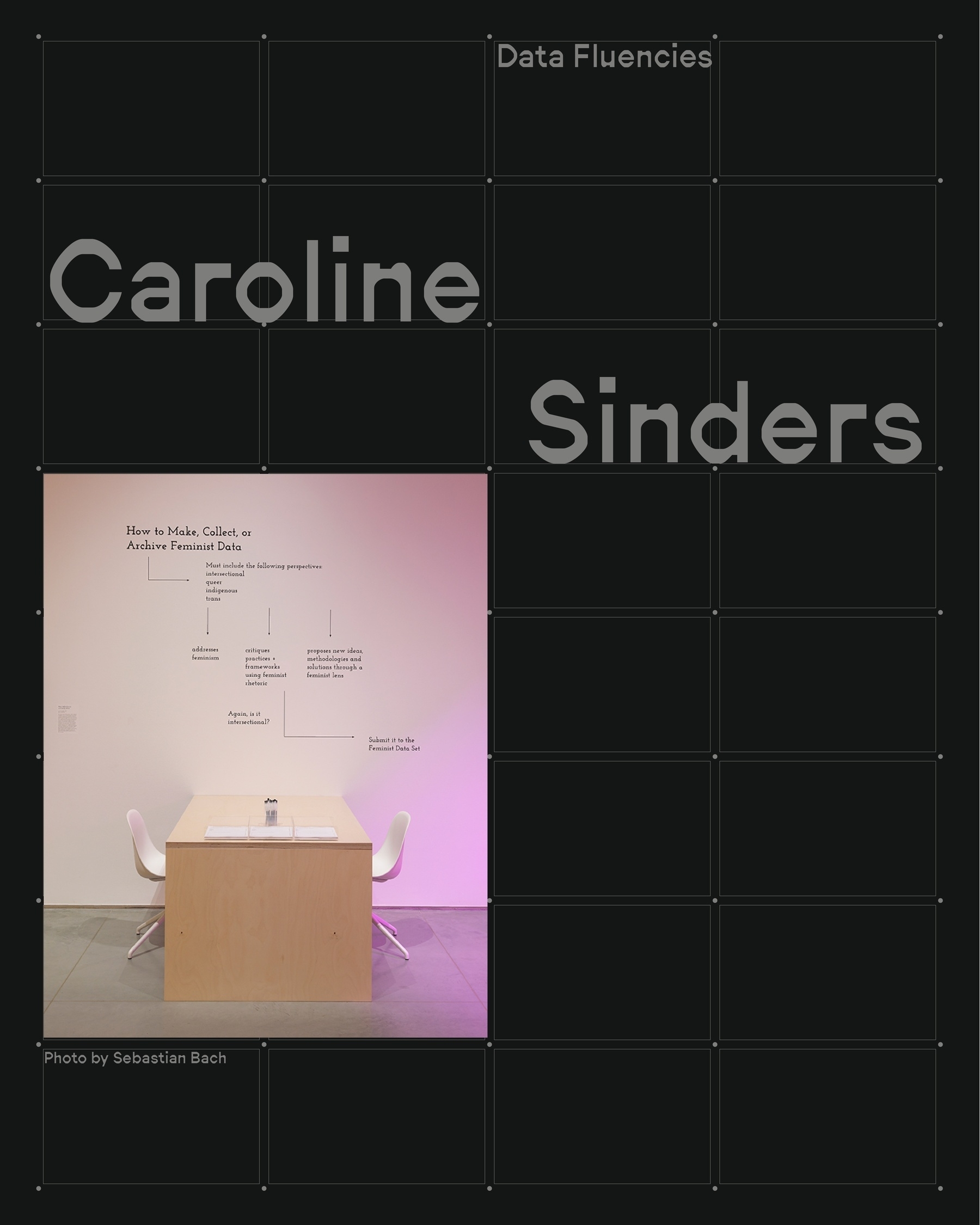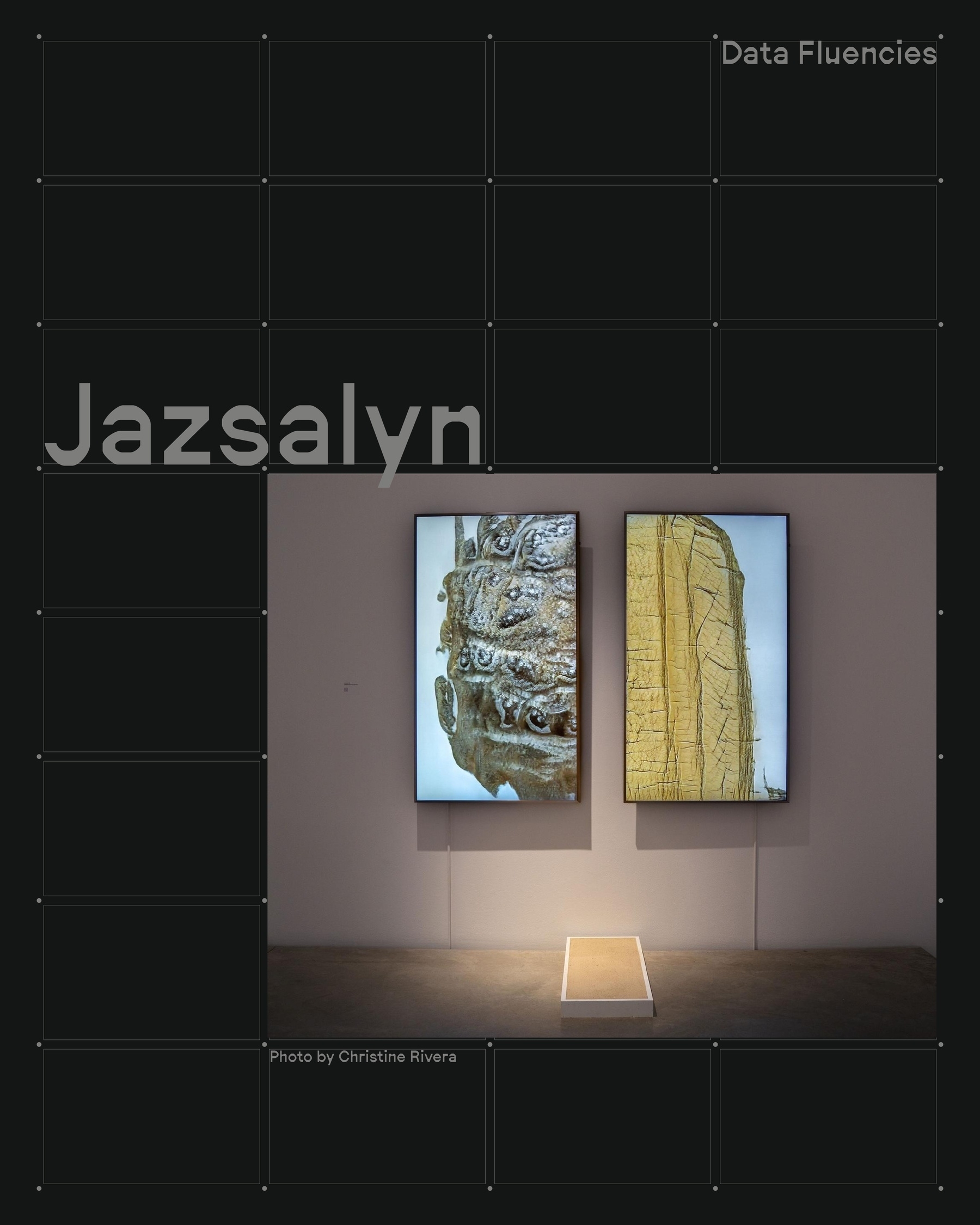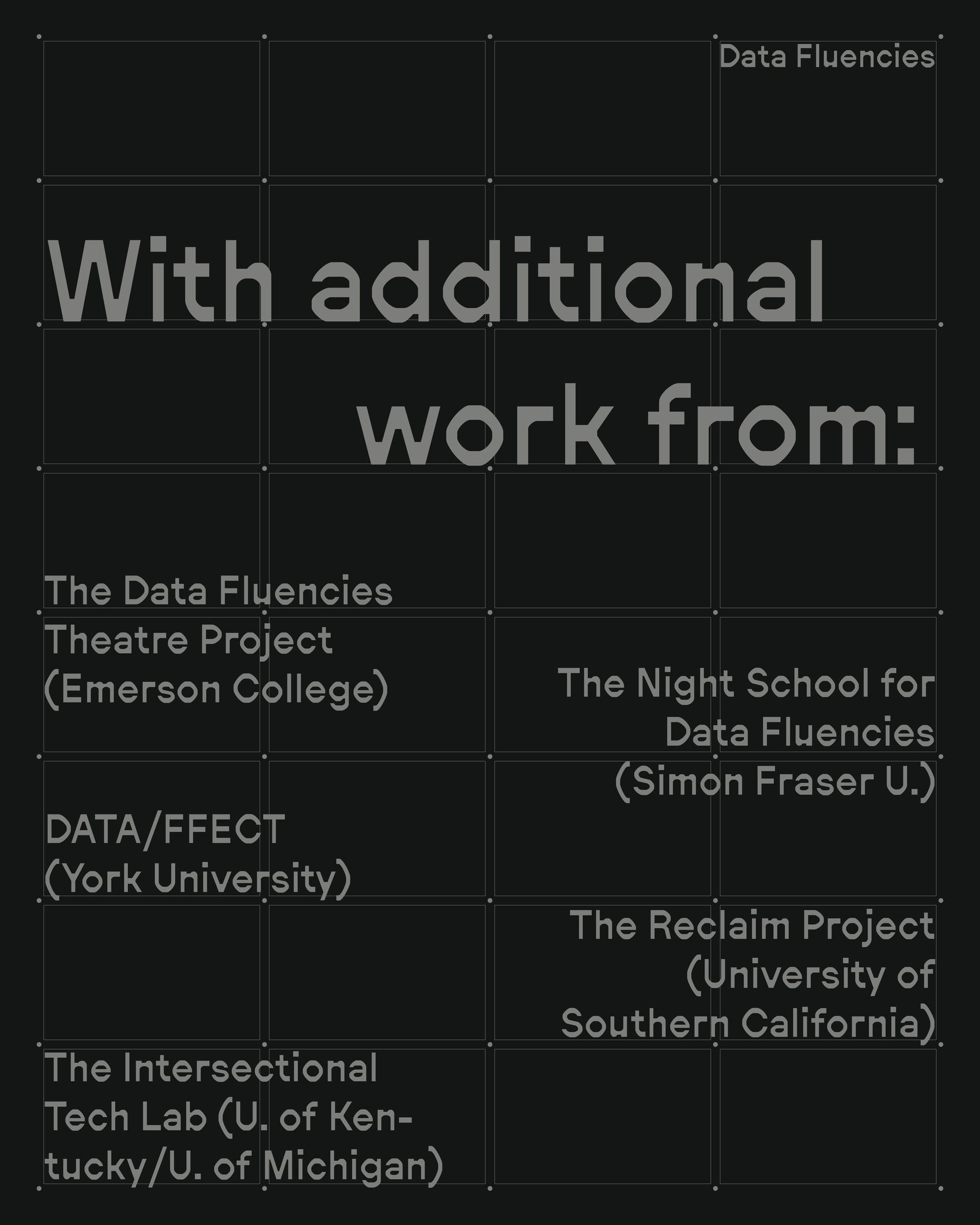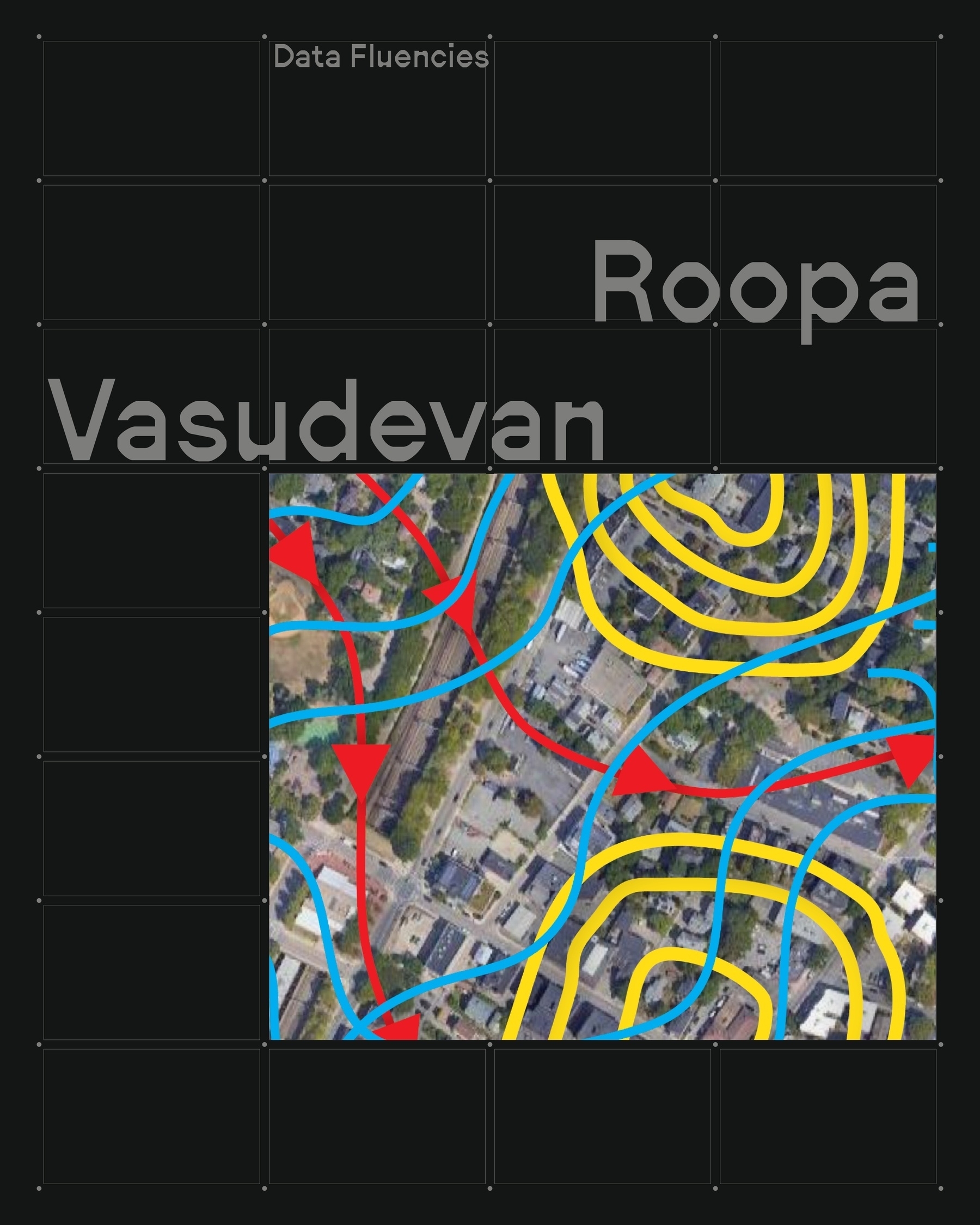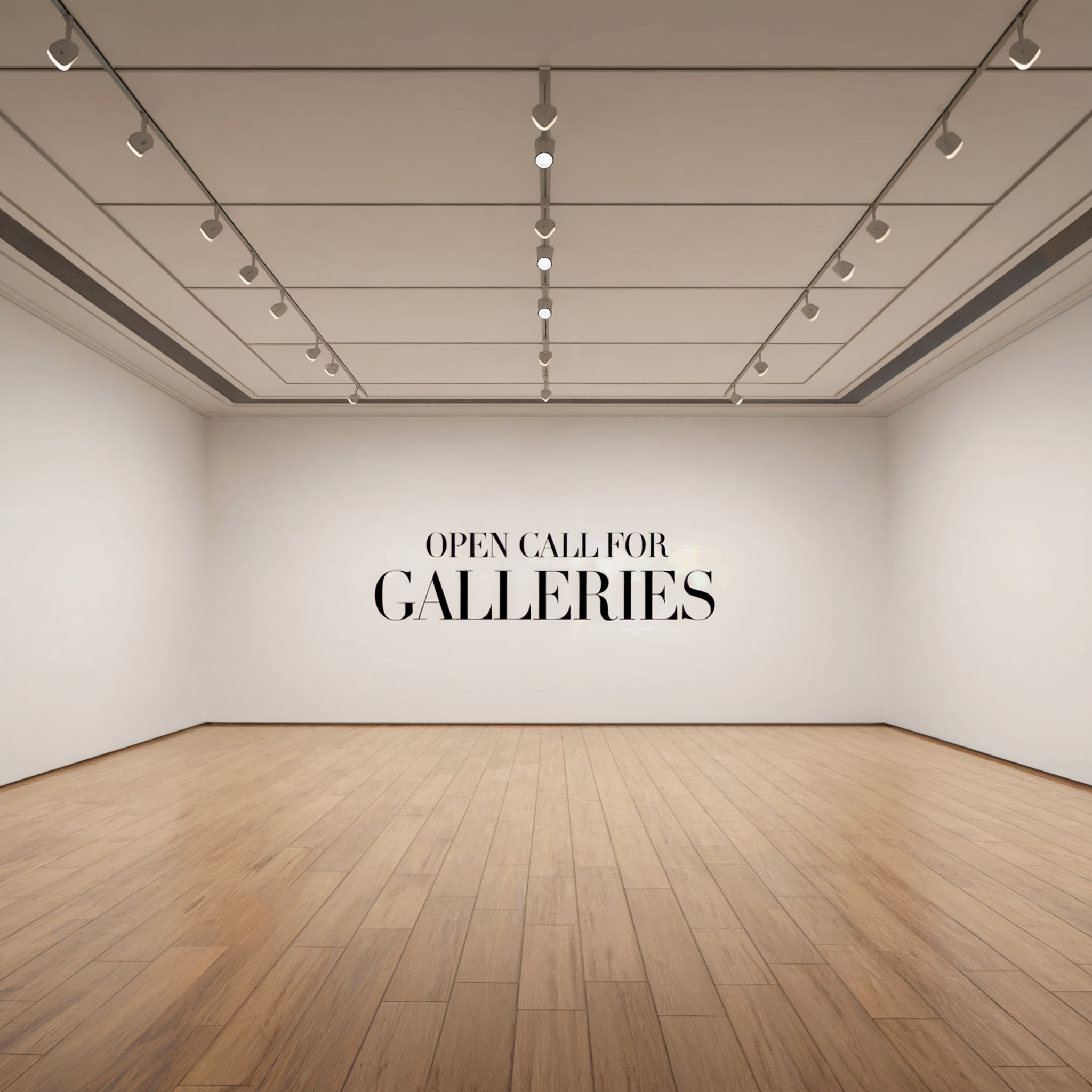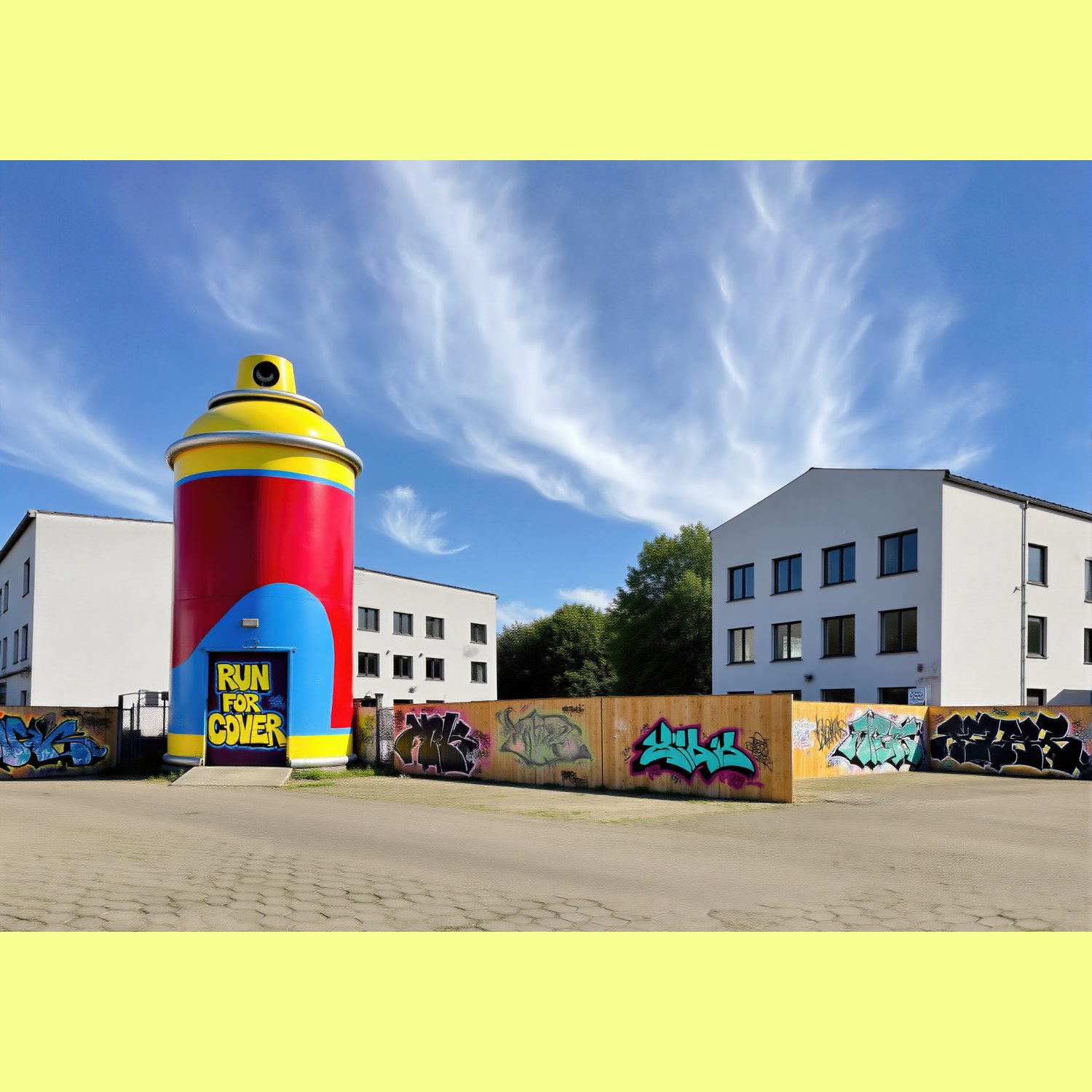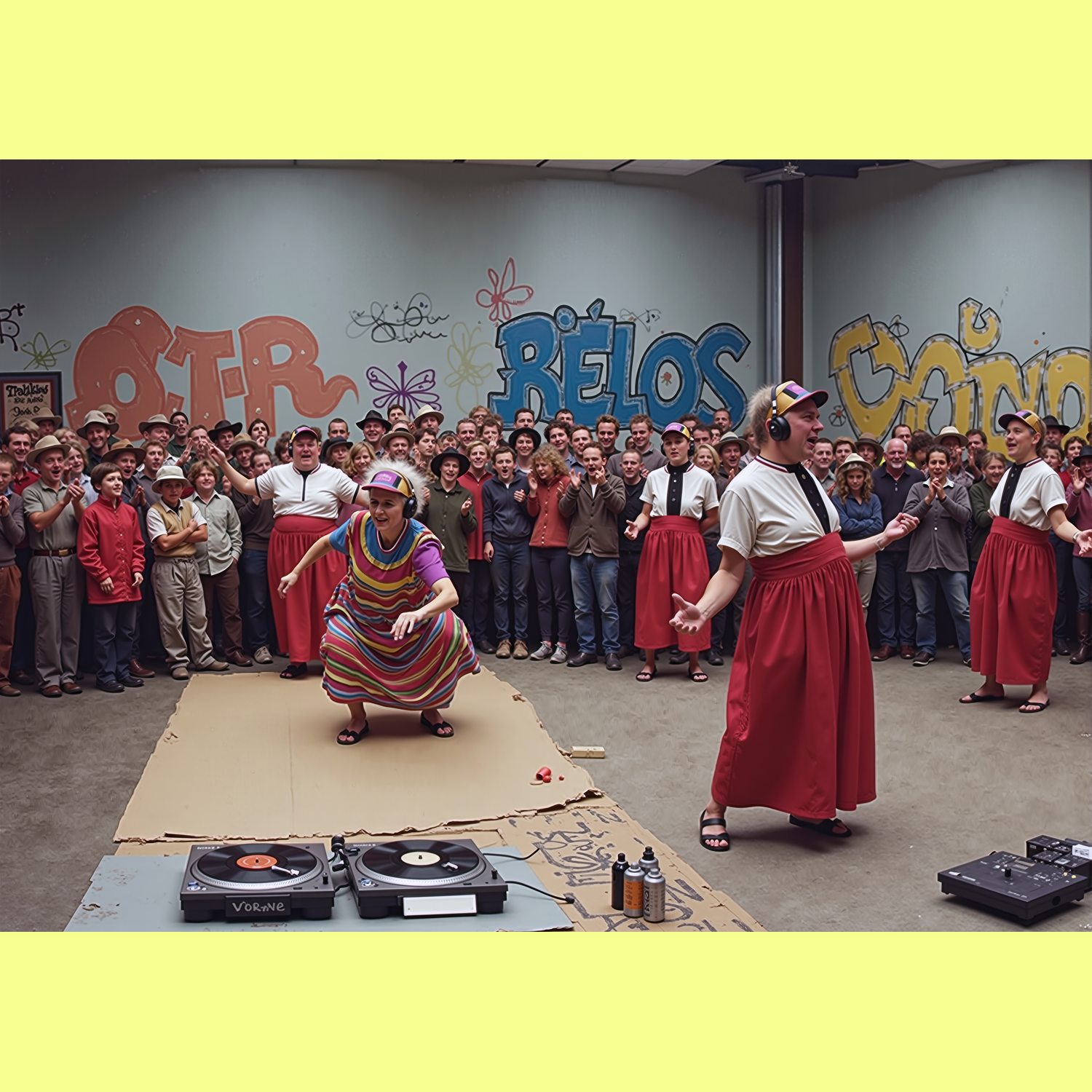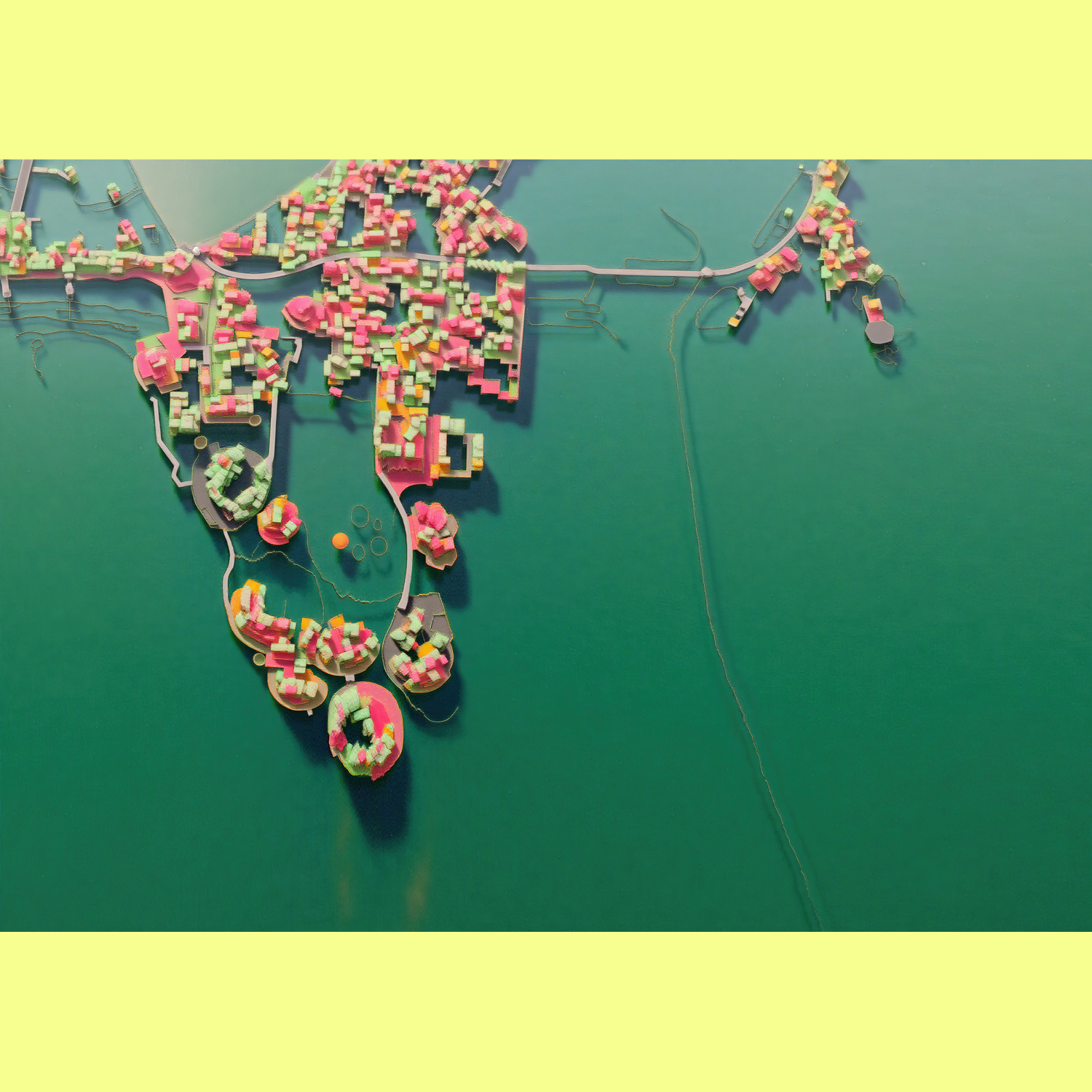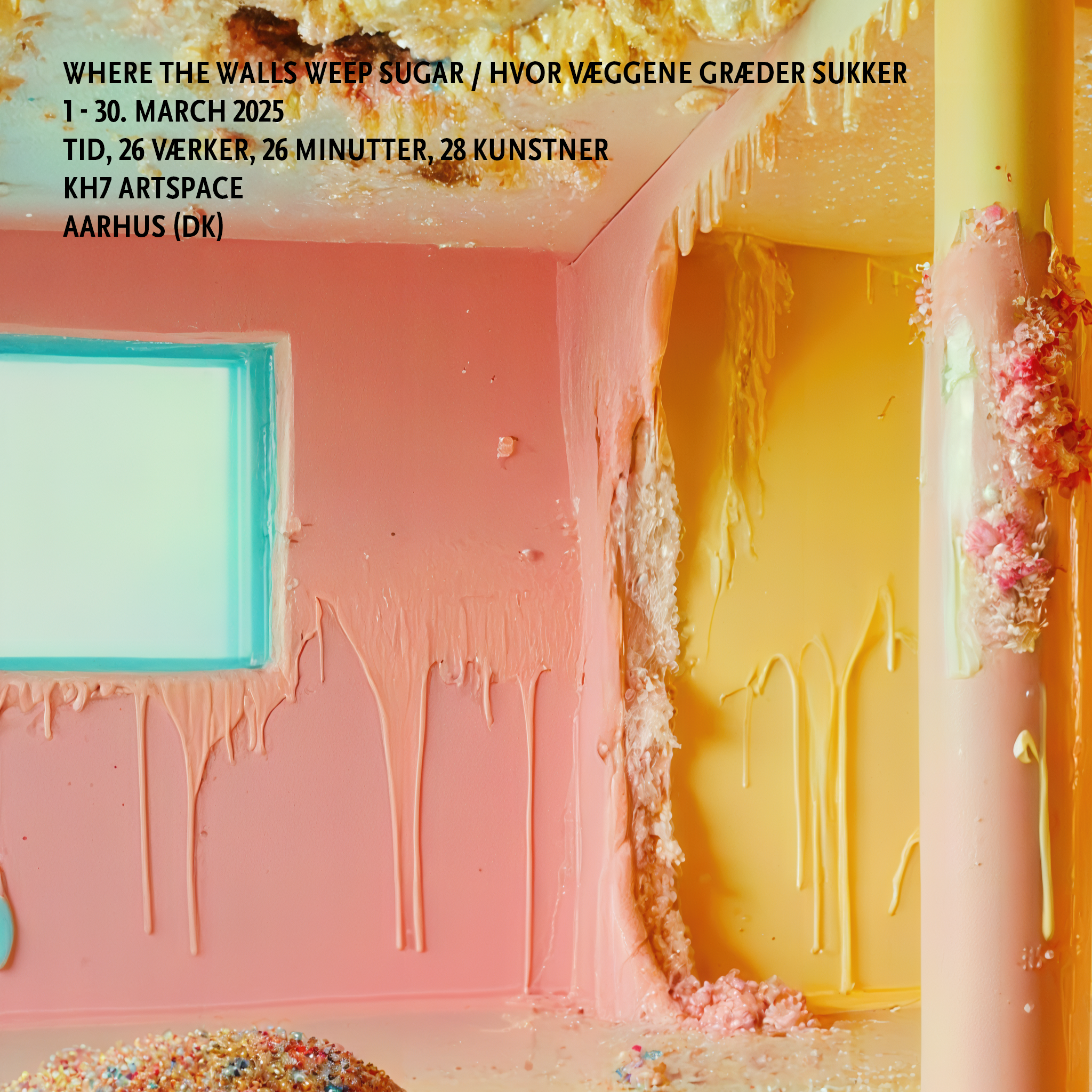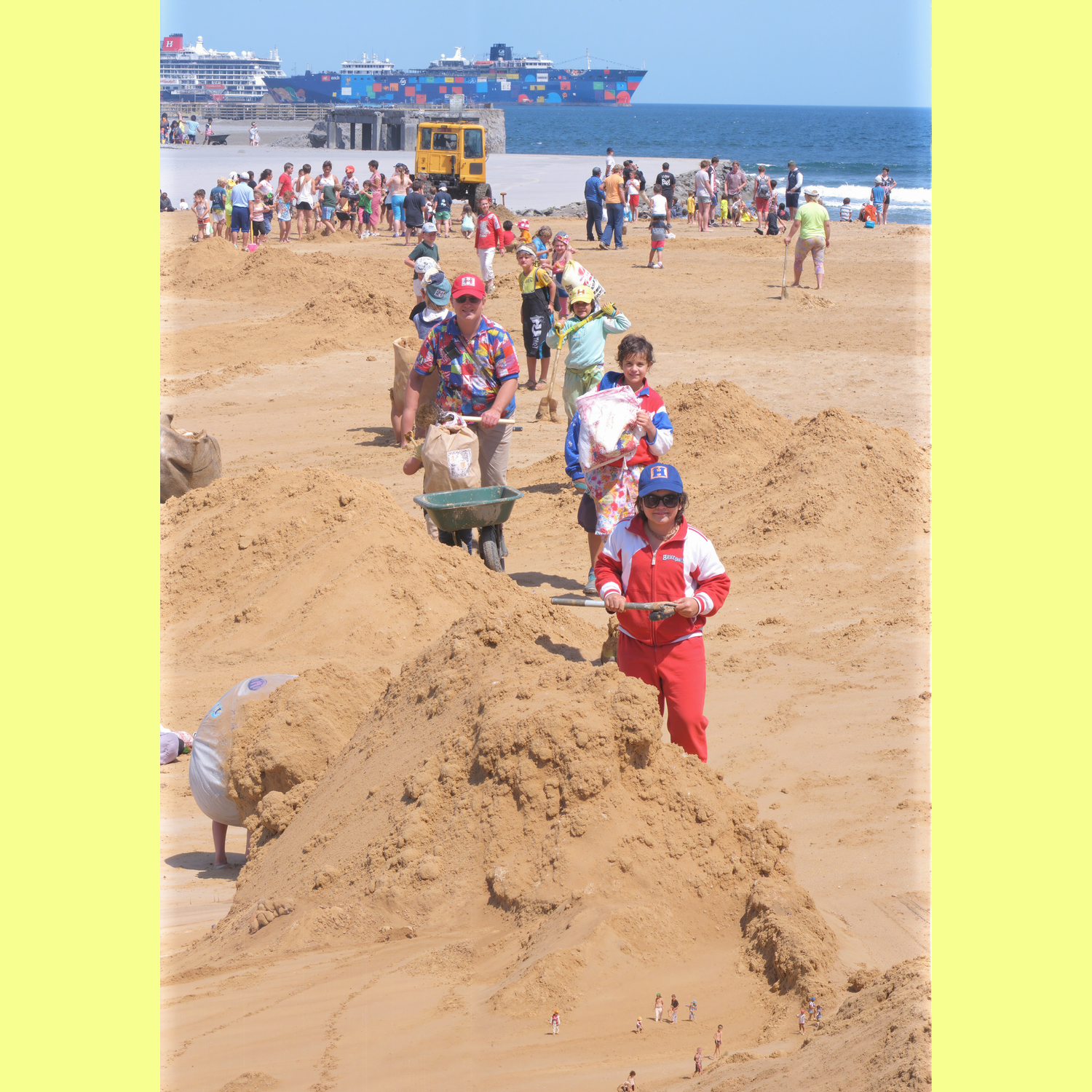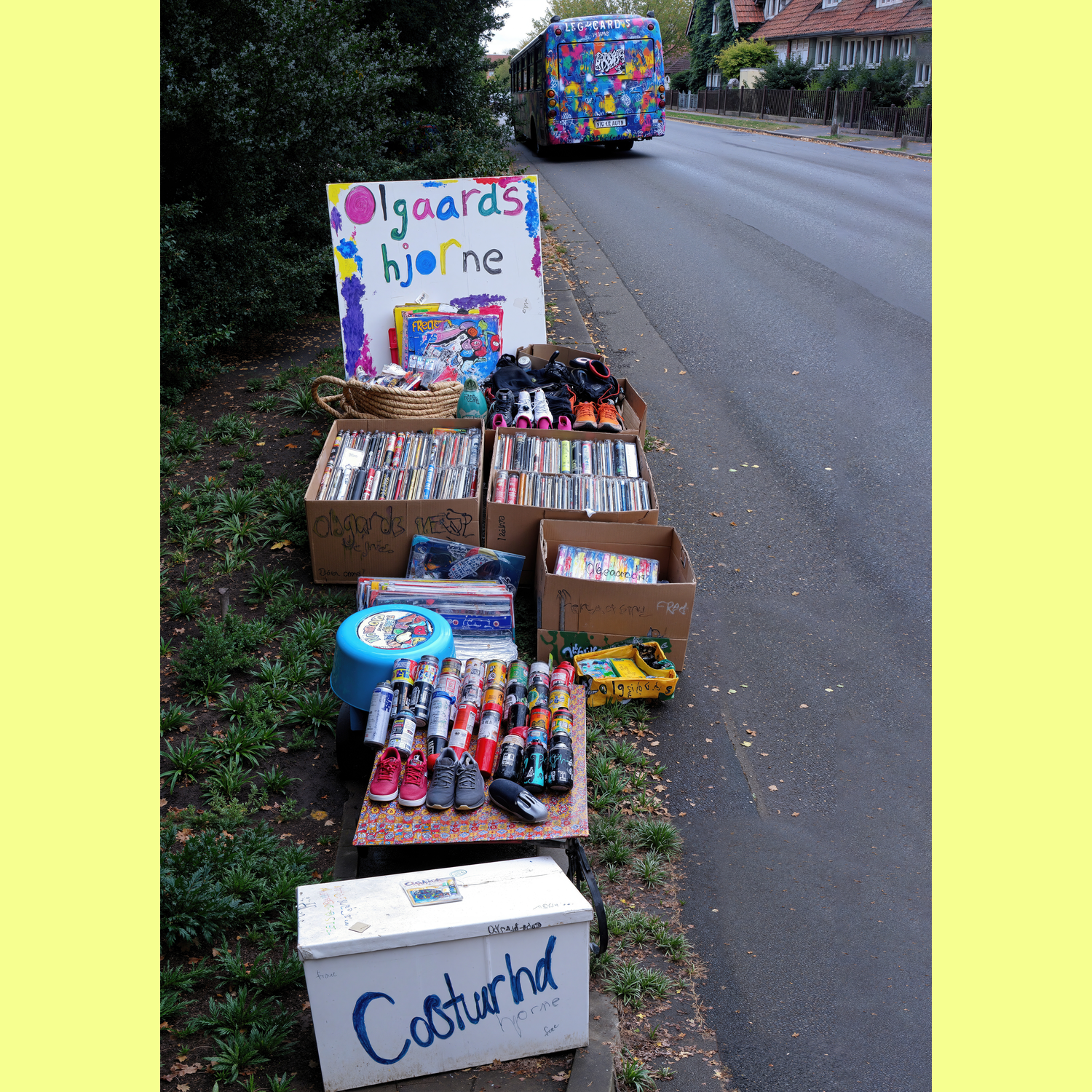Every day, we are met with a torrent of images. A relentless stream of news photos, portraits, and scenes of protest or celebration flows through our screens. We scroll, we scan, we recognize, and we move on. This rhythm of consumption is fast, frictionless, and designed to deliver information with maximum efficiency. But in this process, what is lost? What happens to the act of looking when it’s optimized for speed?
What if we could step outside that stream? What if we could see the raw material of our daily news, not as stories, but as a landscape to be explored? This is the question at the heart of my new online art project, Watershed, which is now live.
At its core, Watershed is a system that performs a kind of algorithmic seeing. Each day, it automatically collects images from international news websites. These images are then subjected to a watershed segmentation algorithm—a process that dismantles them by “flooding” a grayscale version from its darkest points to its lightest, much like rainwater filling a mountainous landscape from its lowest valleys.
This computational process is fundamentally different from human vision. It operates without any concept of narrative, hierarchy, or significance. The system doesn’t distinguish between what a photojournalist frames as the central subject and what seems incidental. A celebrity’s face, a protestor’s sign, a patch of sky, or a piece of rubble—all are treated as equivalent grayscale data to be segmented and archived. It is a neutral, if uncomprehending, gaze.
The result is not a gallery or a feed, but a world. Online at oerum.org/watershed, these deconstructed fragments are reassembled pseudo-randomly into a navigable three-dimensional space. The familiar act of scrolling is replaced by movement and exploration. Seeing becomes a physical, deliberate act.
The aesthetic is intentionally glitchy and non-photorealistic. As you move closer to a fragment, its pixel structure reveals itself, breaking any illusion of a seamless image. Deconstructed 2D news photos drift across a constructed 3D landscape, never pretending to be windows onto reality. This makes the artifice of the medium explicit: these are not evidence, but data. This is not a world, but a model of a world built from information.
Why do this? Because the systems that deliver our news are not neutral. Standard web interfaces are optimized for speed and engagement, reducing the act of viewing to rapid recognition. By slowing everything down, Watershed critiques these invisible conventions by inverting them.
The project arises from a media environment where trust is unsettled. In an era of deepfakes and decentralized information, the photograph’s claim to truth is more fragile than ever. But as critics have long argued, photography has never been a transparent medium; it has always been a construction. What has changed is the scale and automation of that construction. We are constantly guided by algorithms that filter, enhance, and curate what we see. Watershed makes this invisible layer of mediation tangible.
This approach has roots in experimental practices like Surrealist collage, where chance and procedure are used to bypass rational control and unlock new associations. The algorithm here acts as a collaborator, setting the rules of a game whose outcome is always emergent and unpredictable.
So what meaning remains when news images are stripped of their headlines, captions, and context? Watershed doesn’t offer a definitive answer. Instead, it creates a space for reflection—a fleeting, fractured archive of our collective present, an algorithmic shadow of daily events.
I invite you to step into this world. Explore, get lost, and consider what the machine, in its indifference, simply sees. What, then, do you see? oerum.org/watershed…
